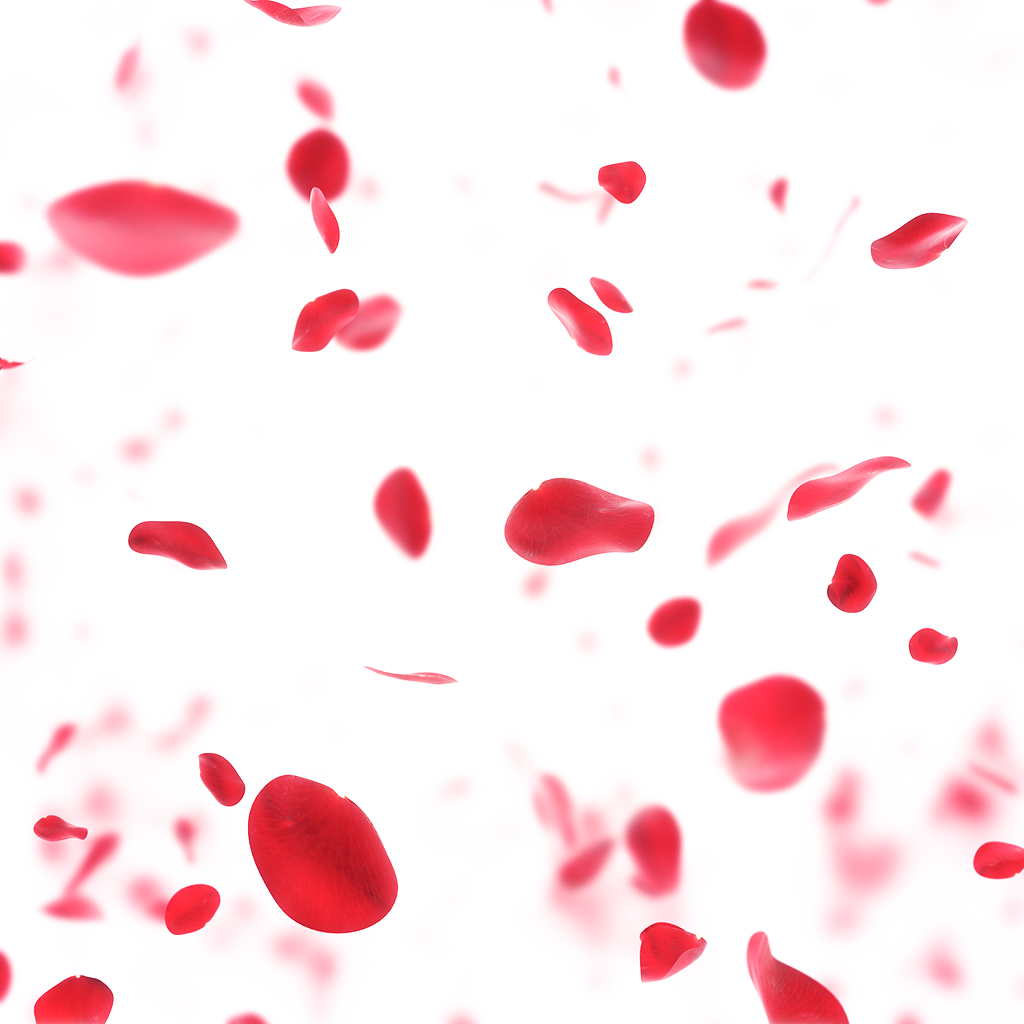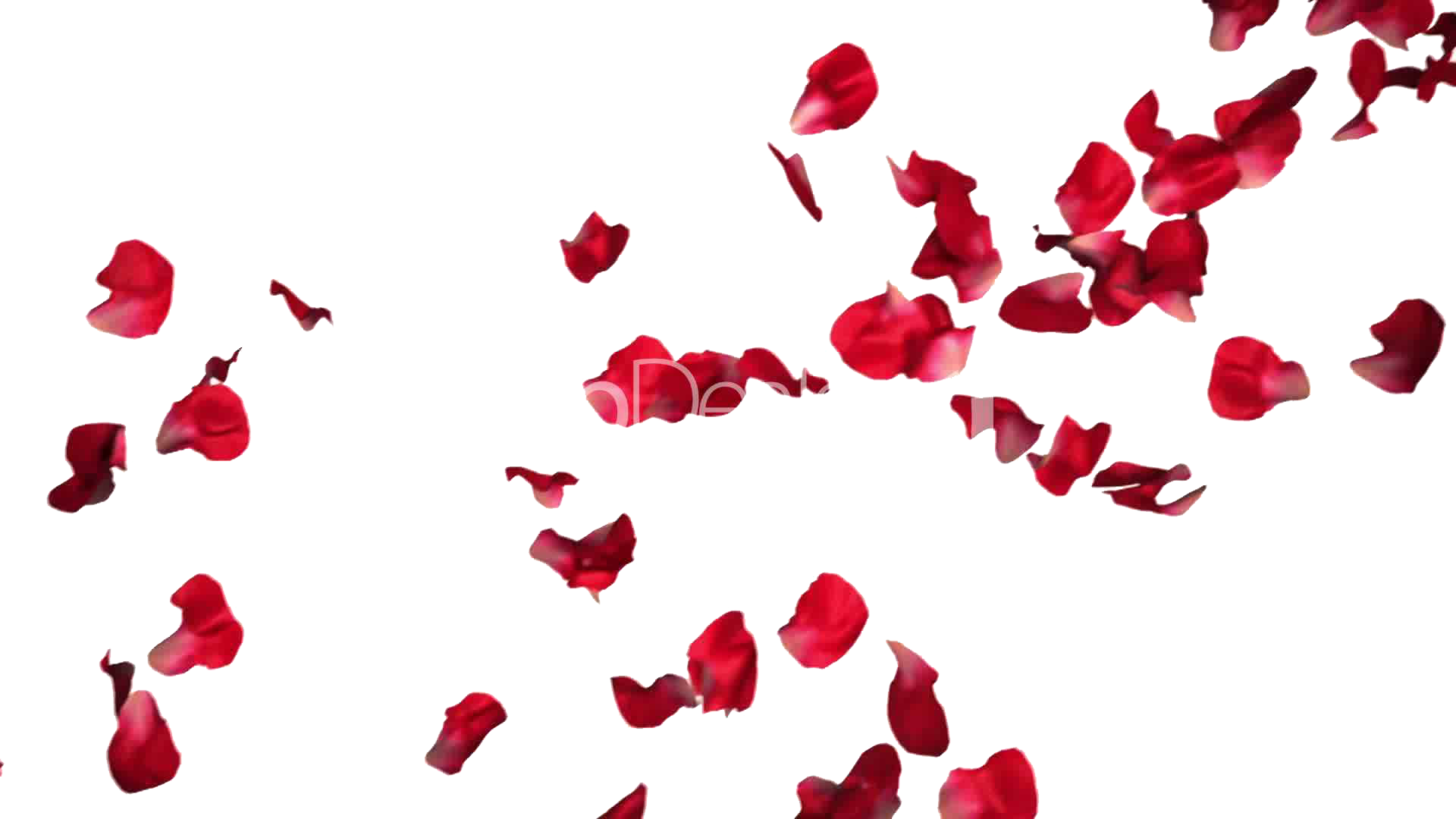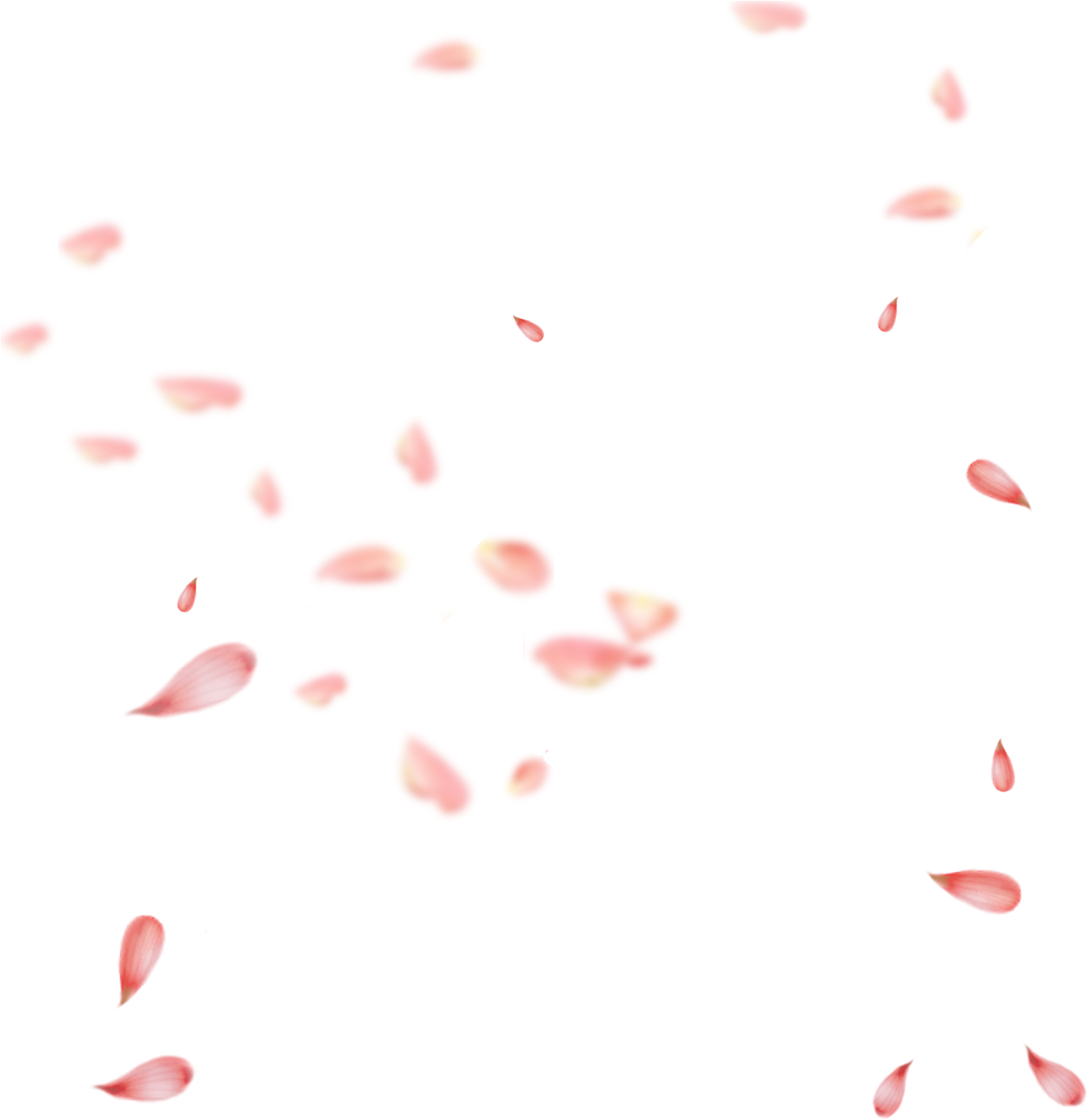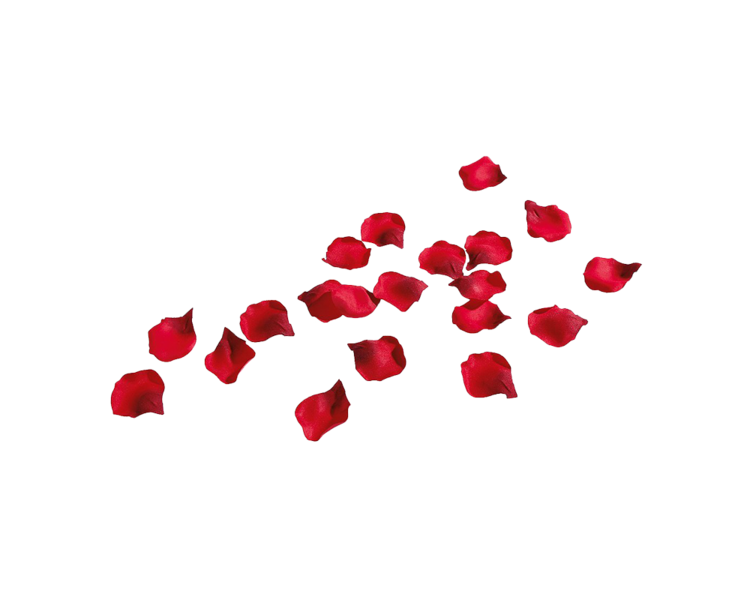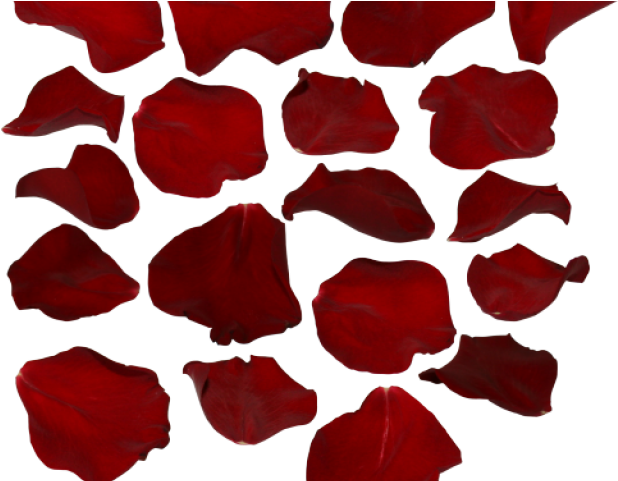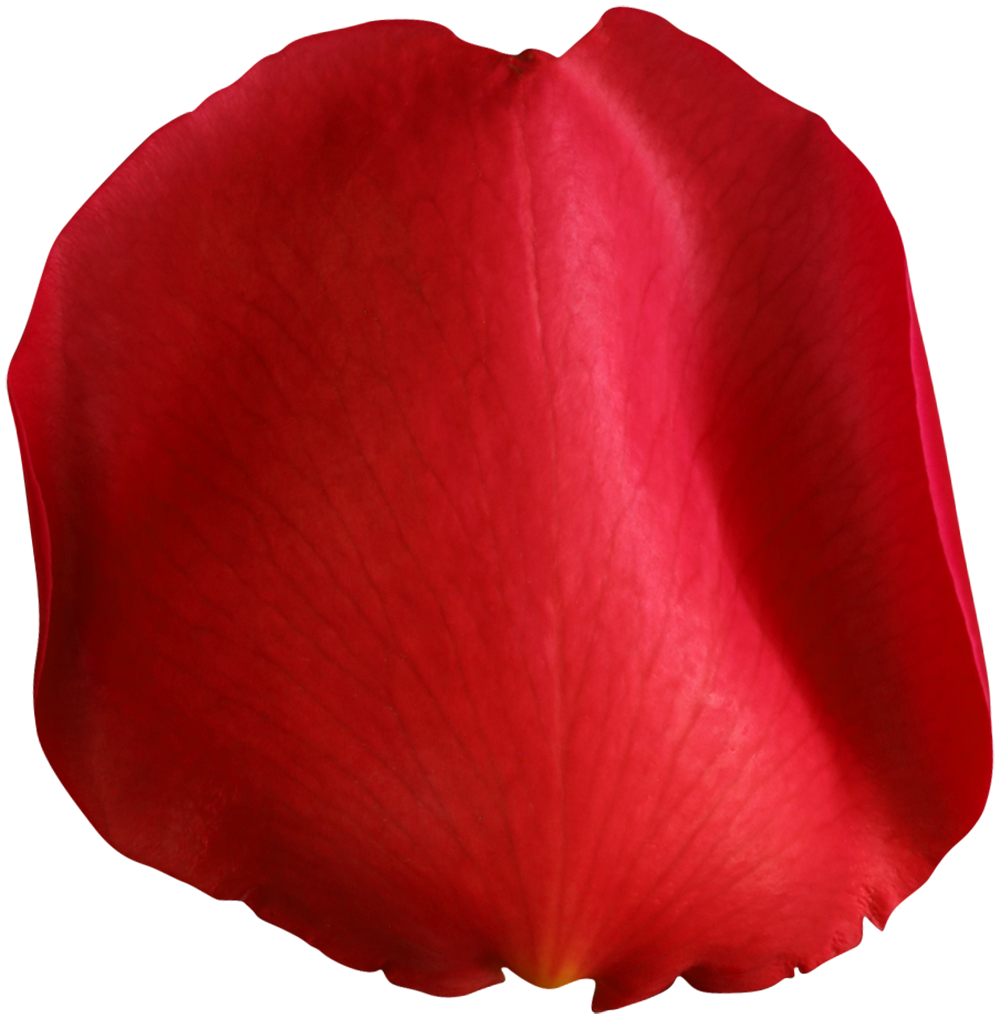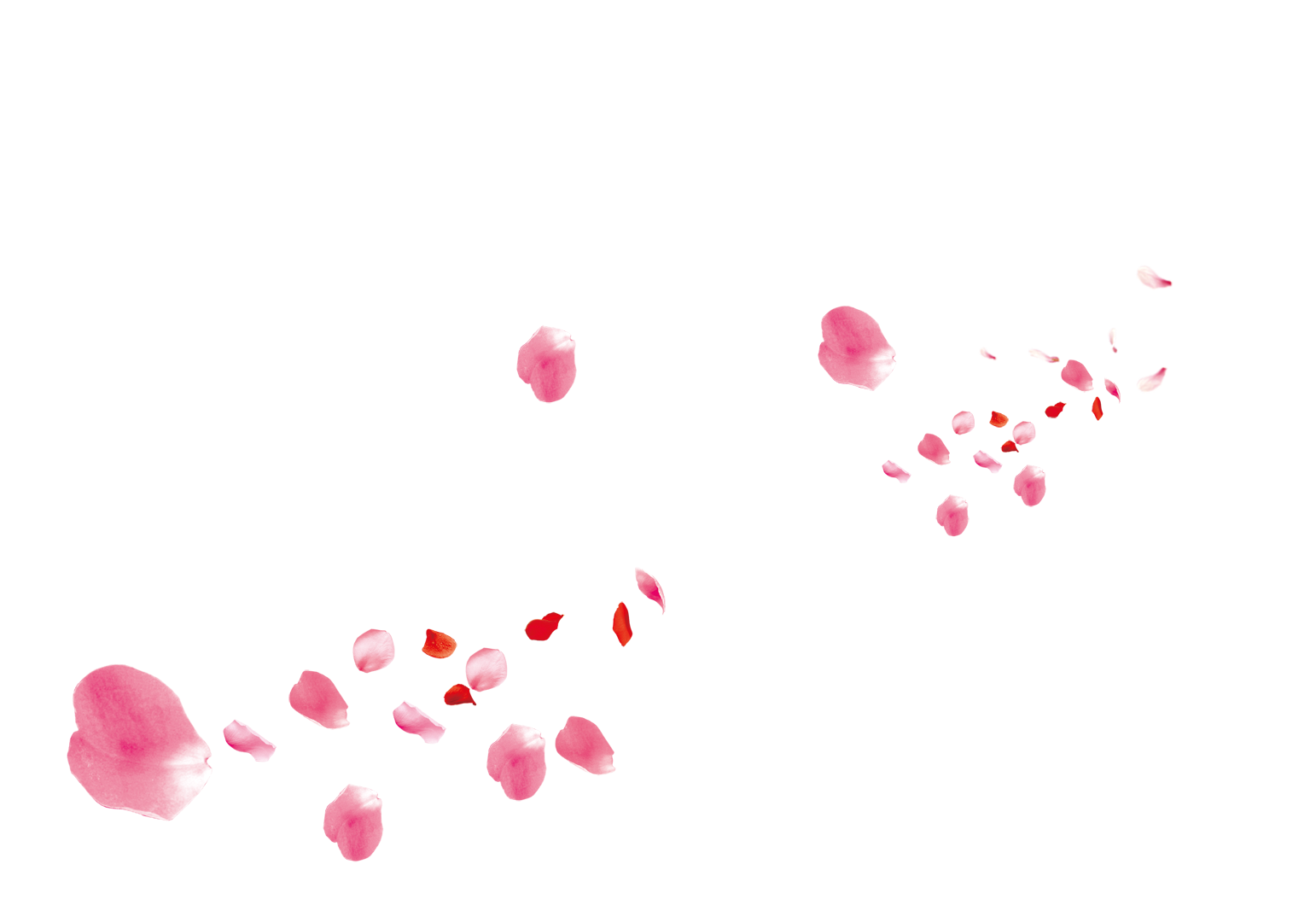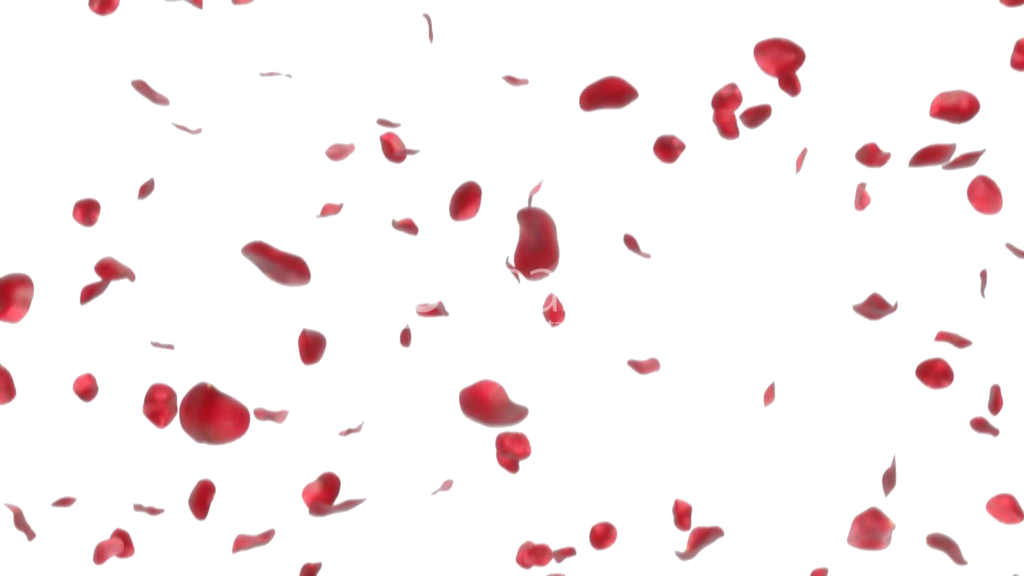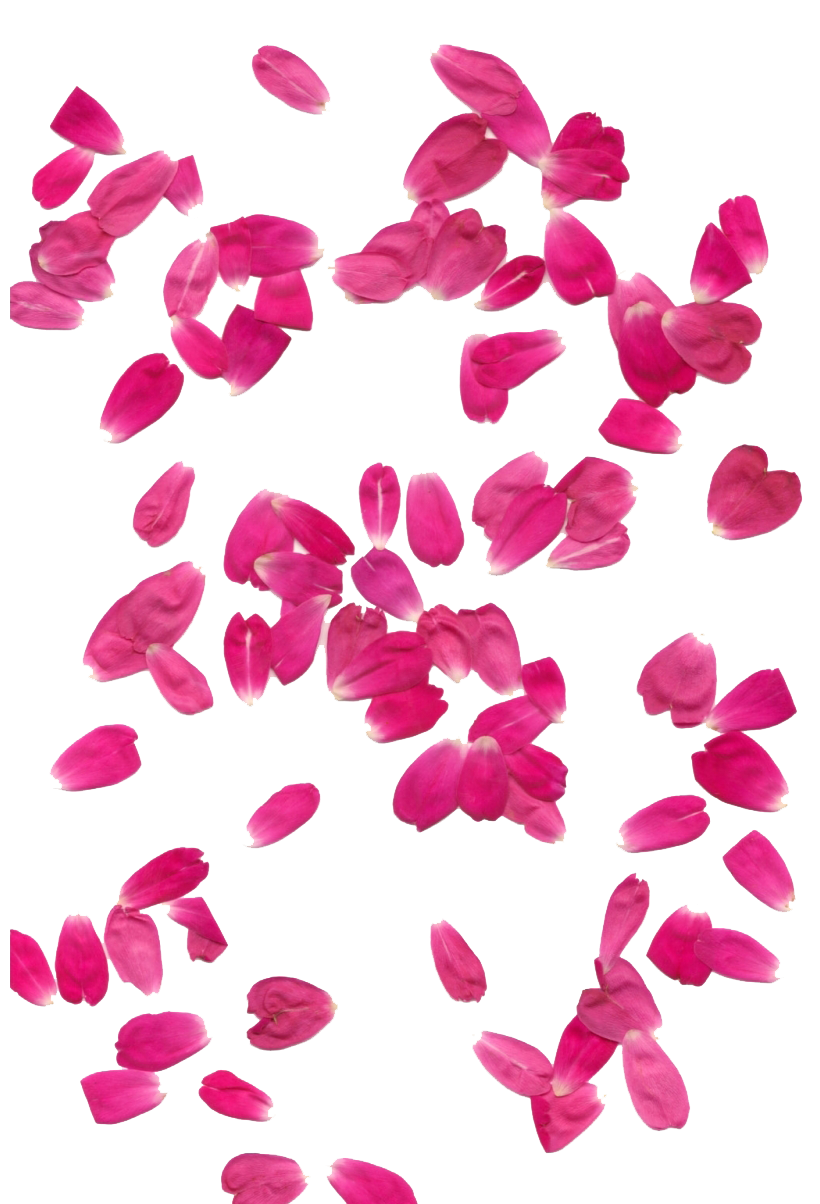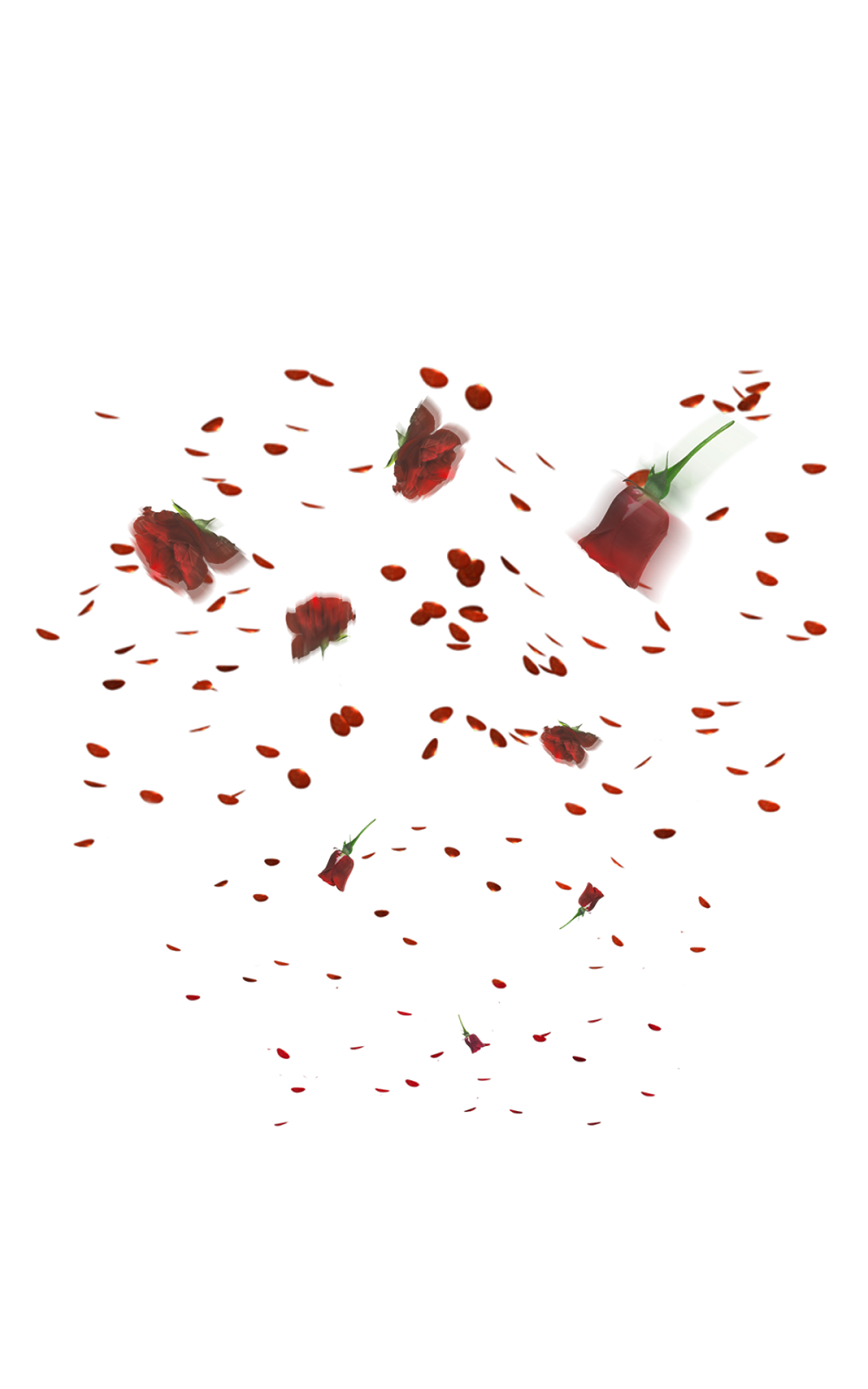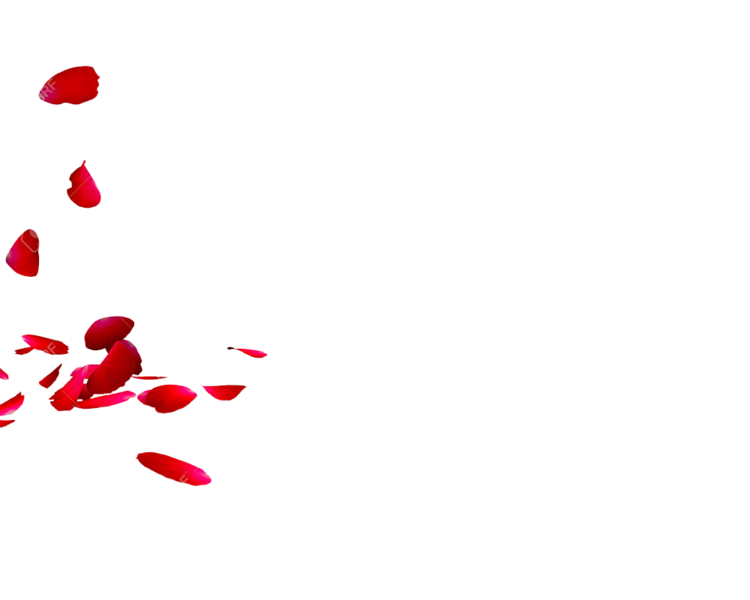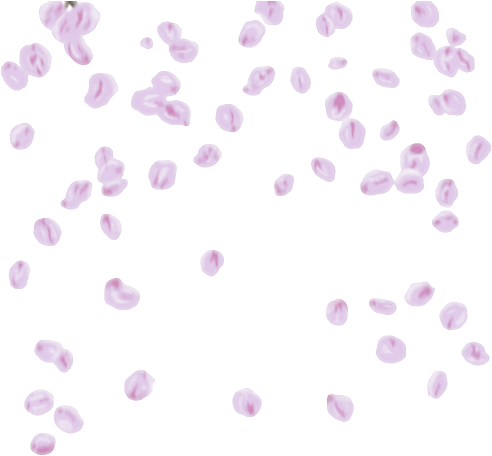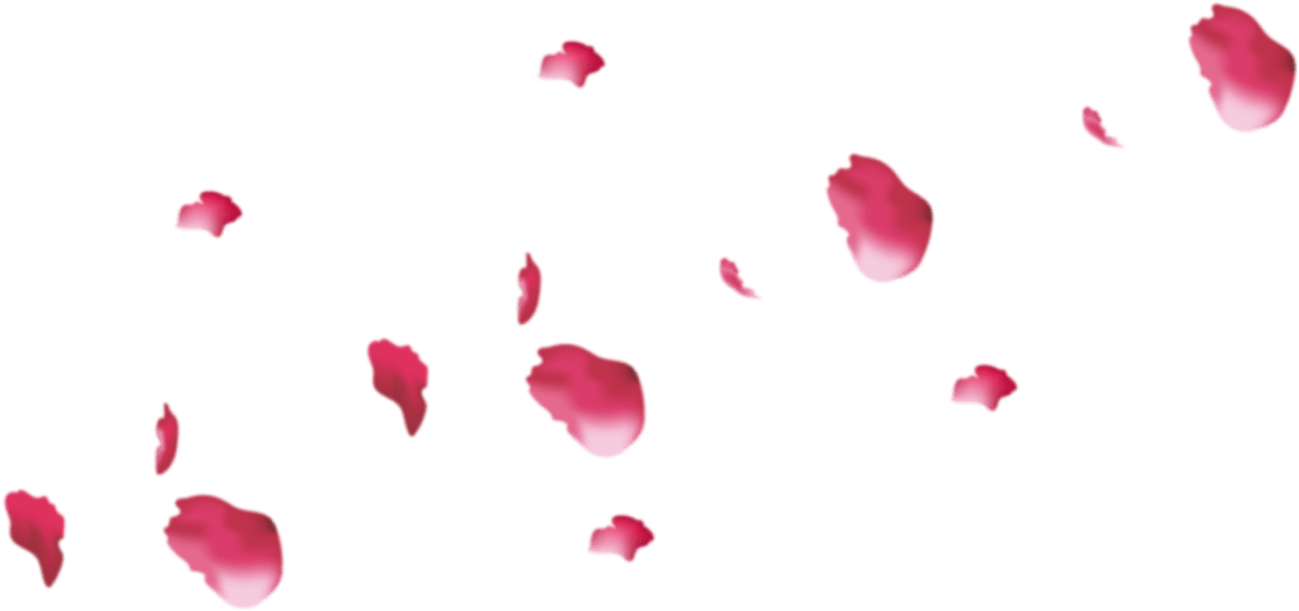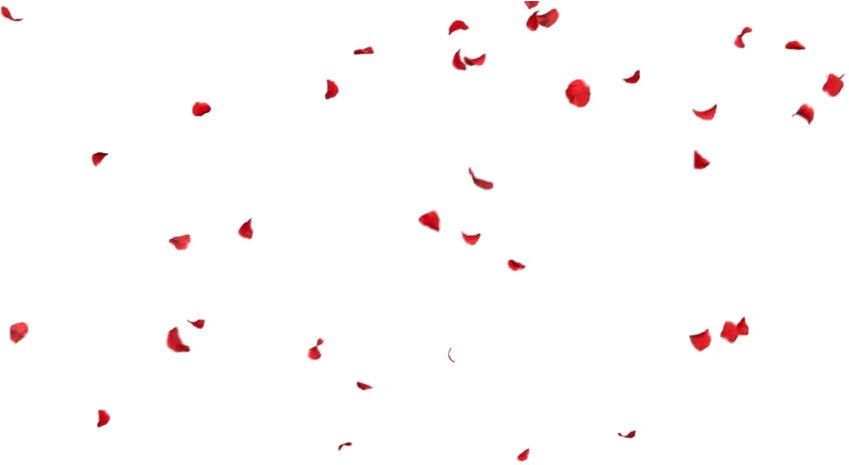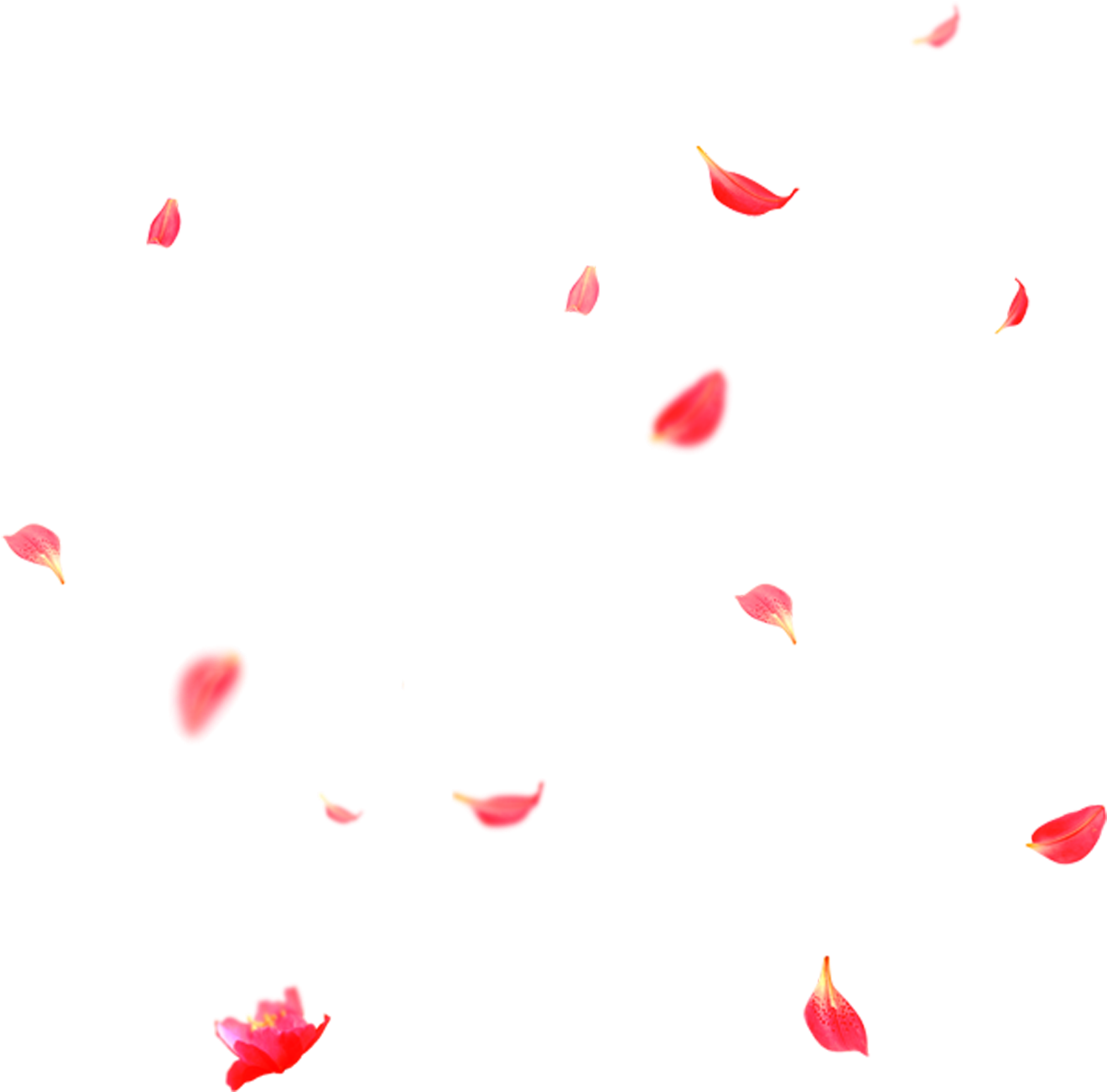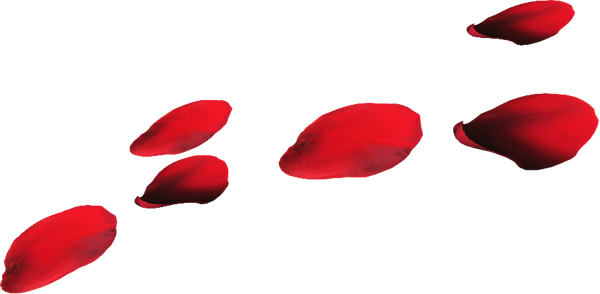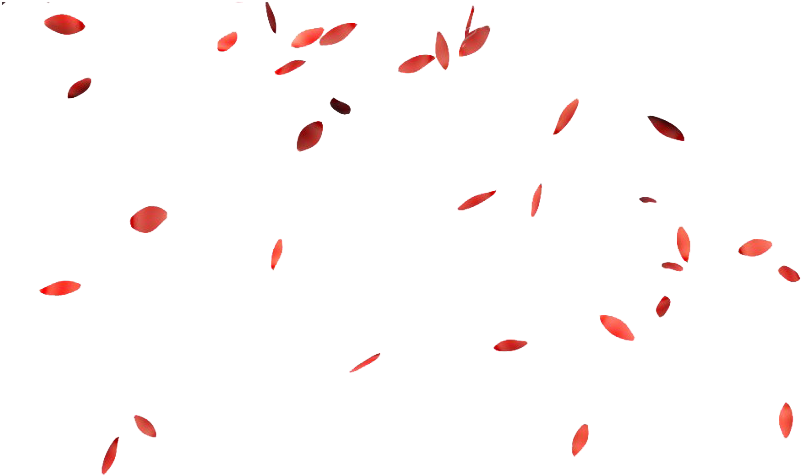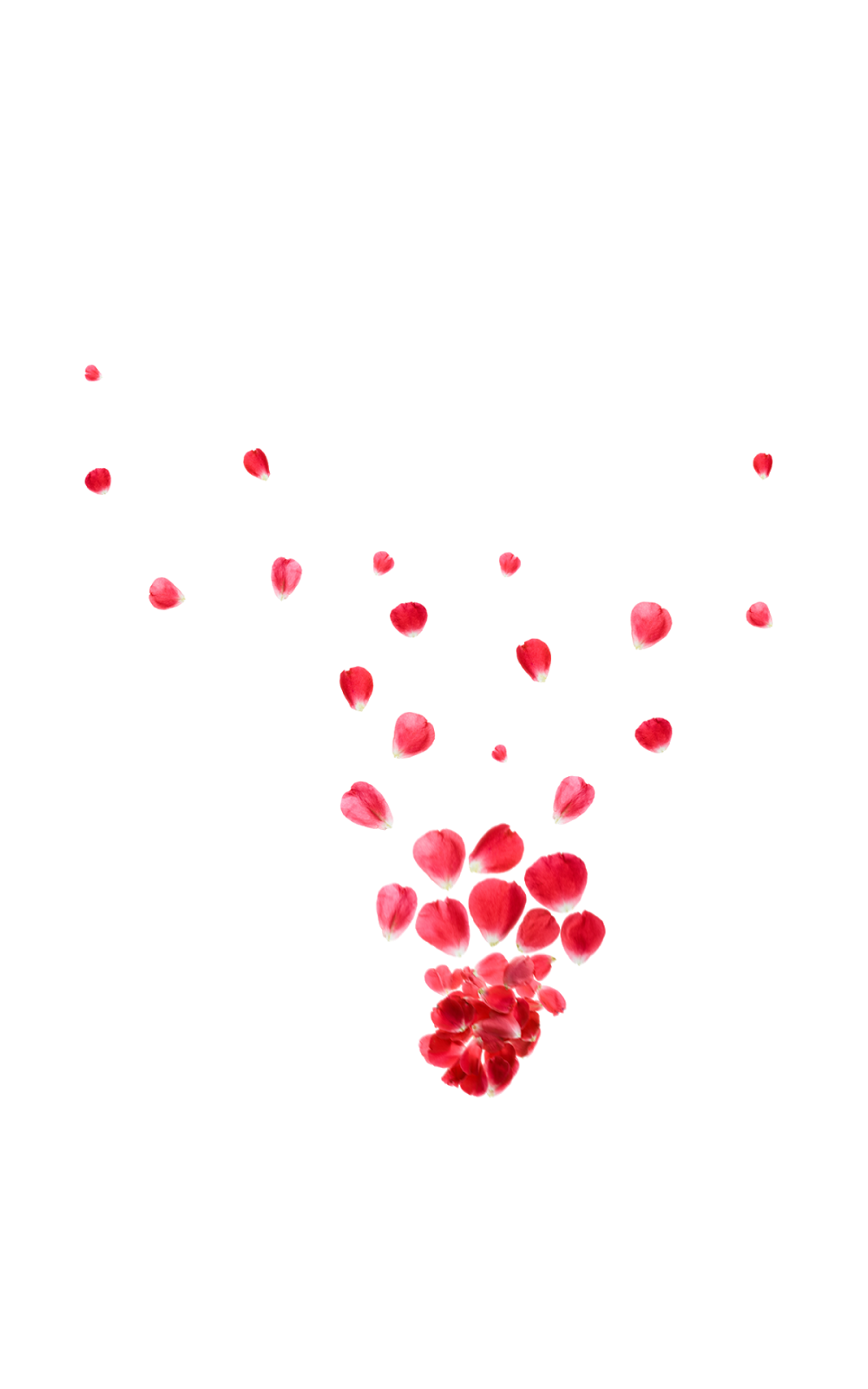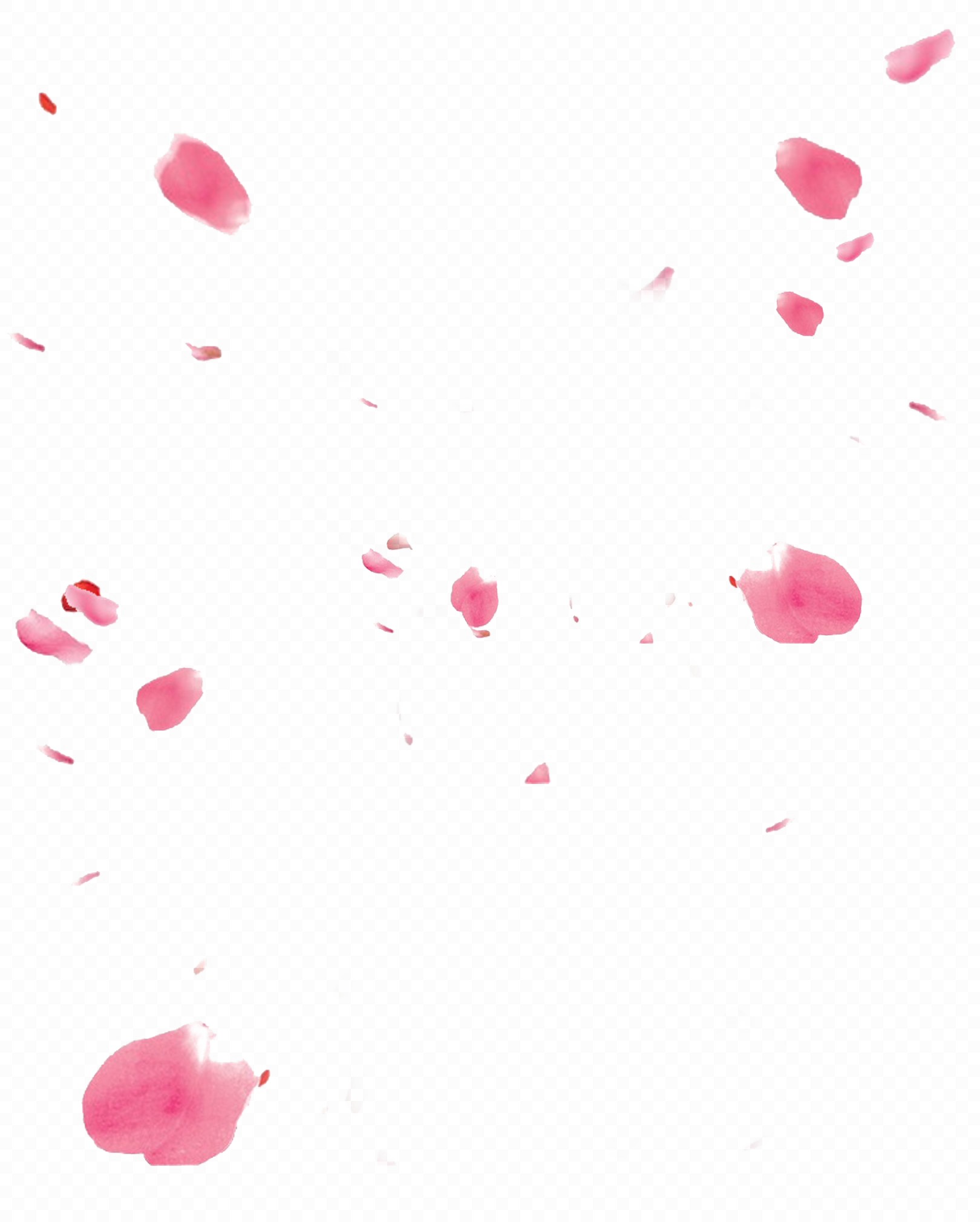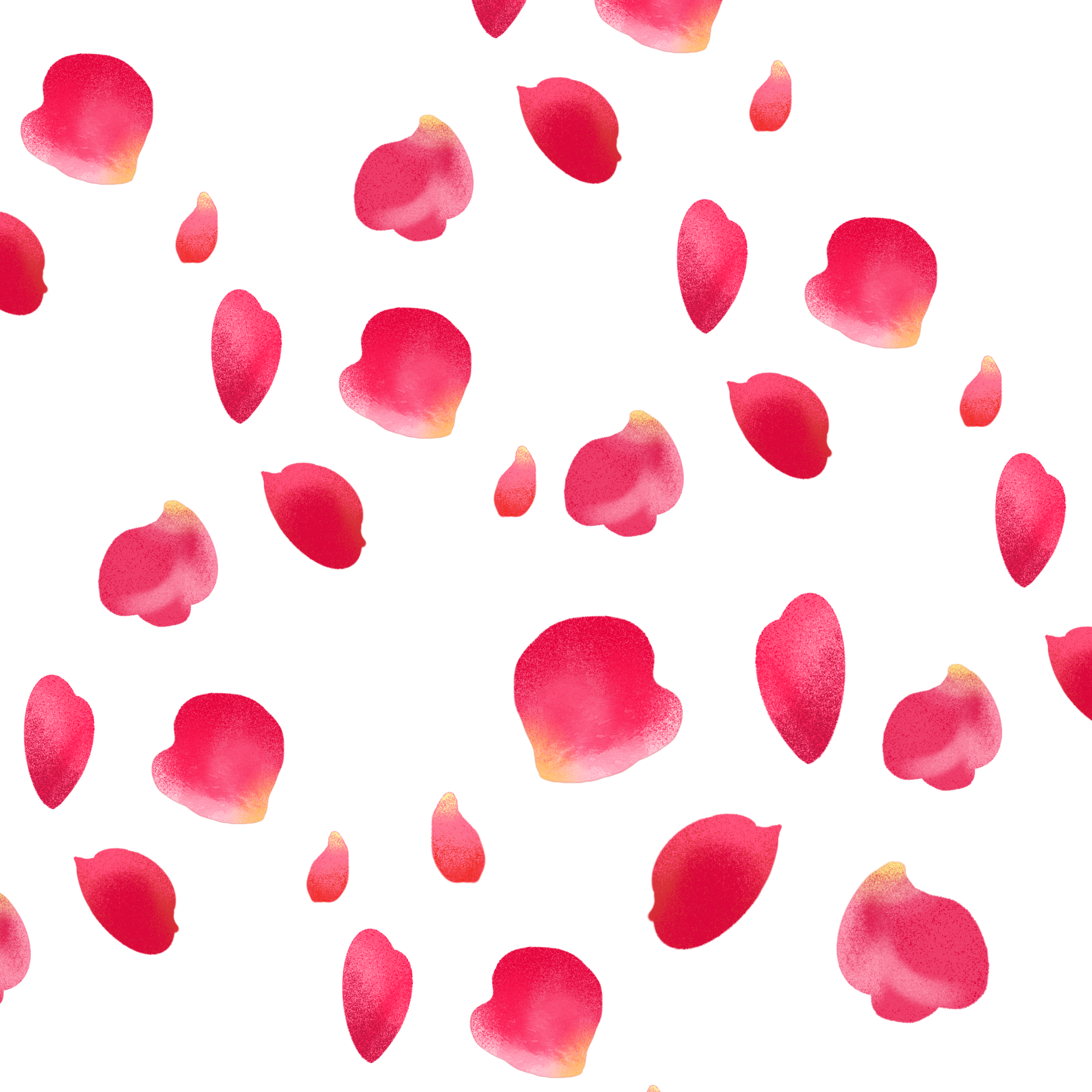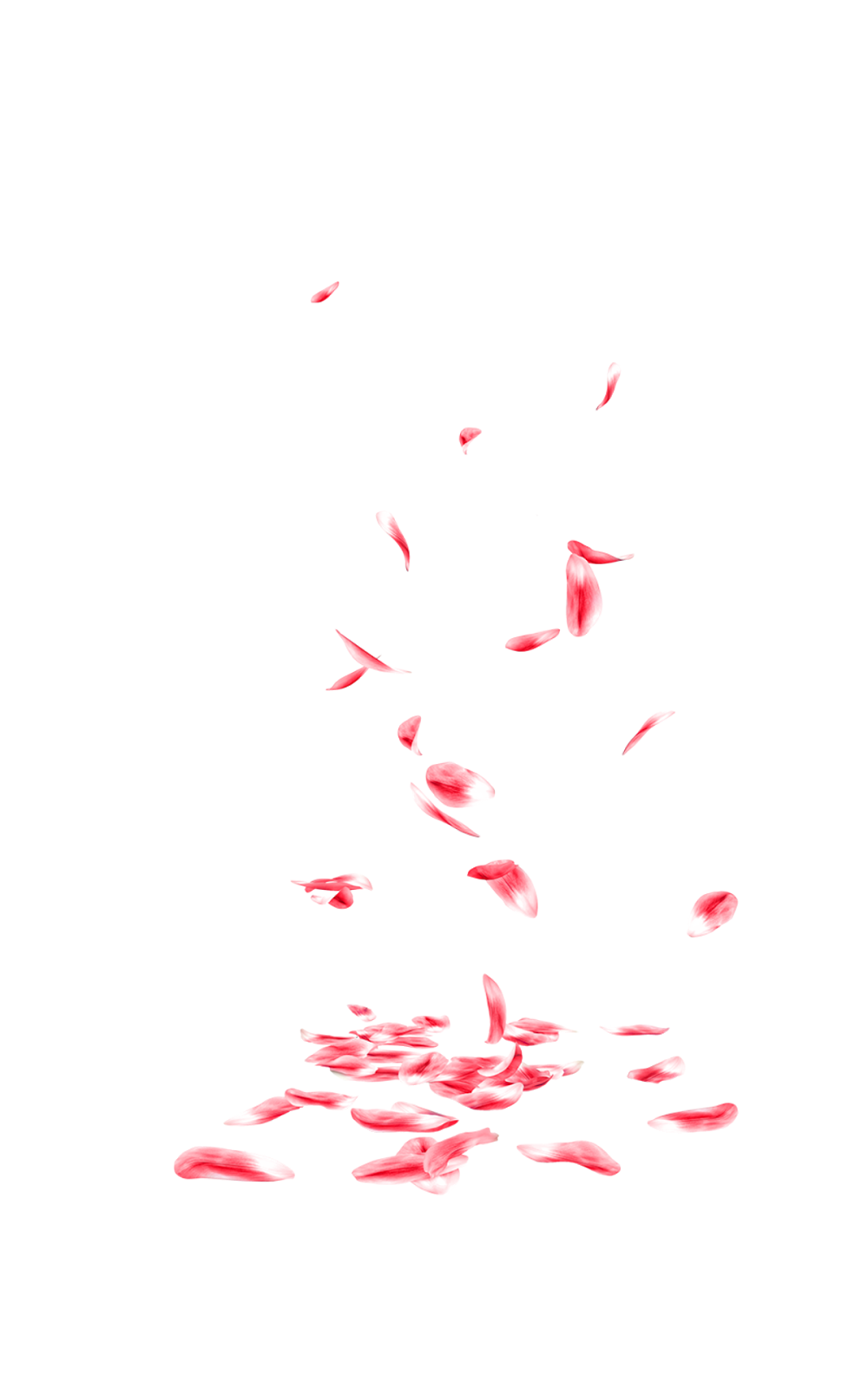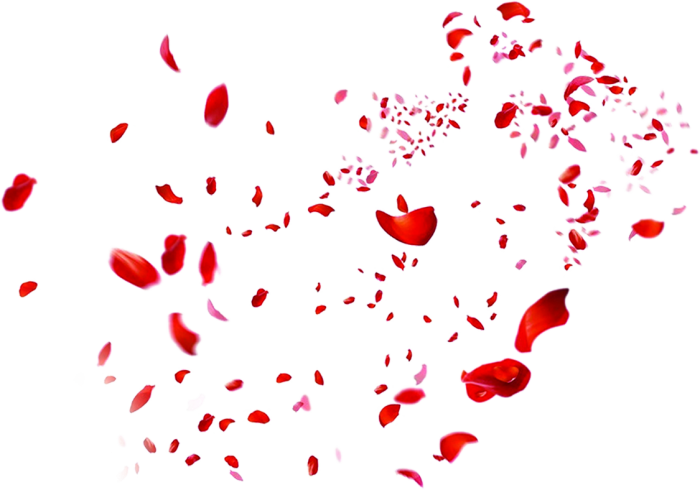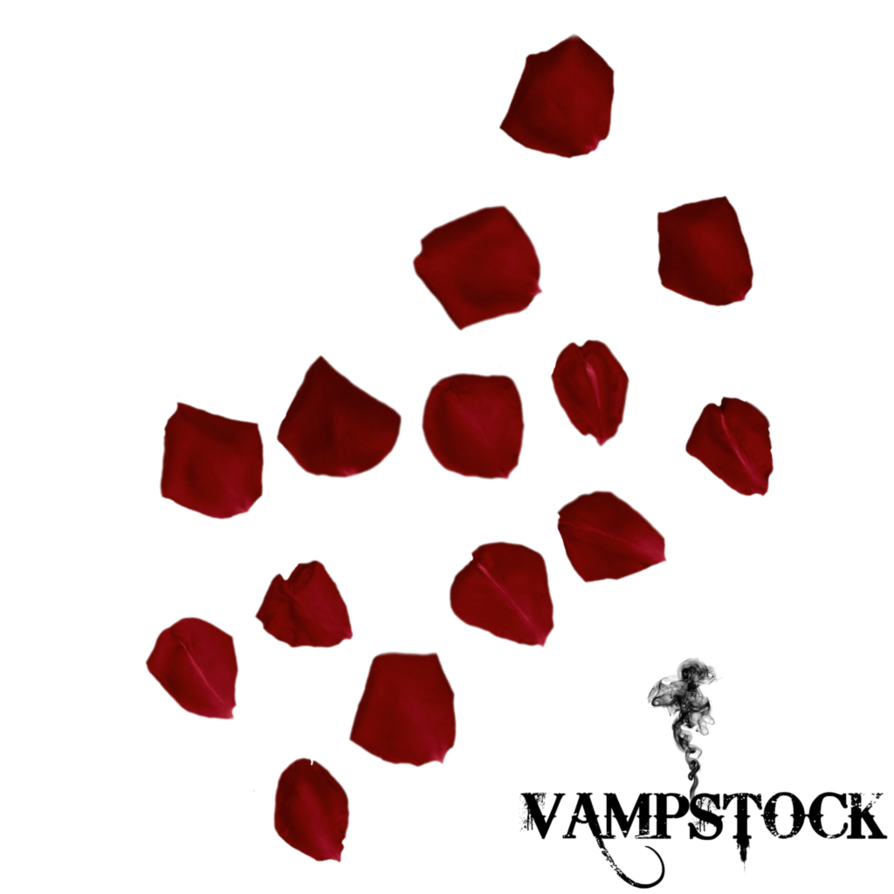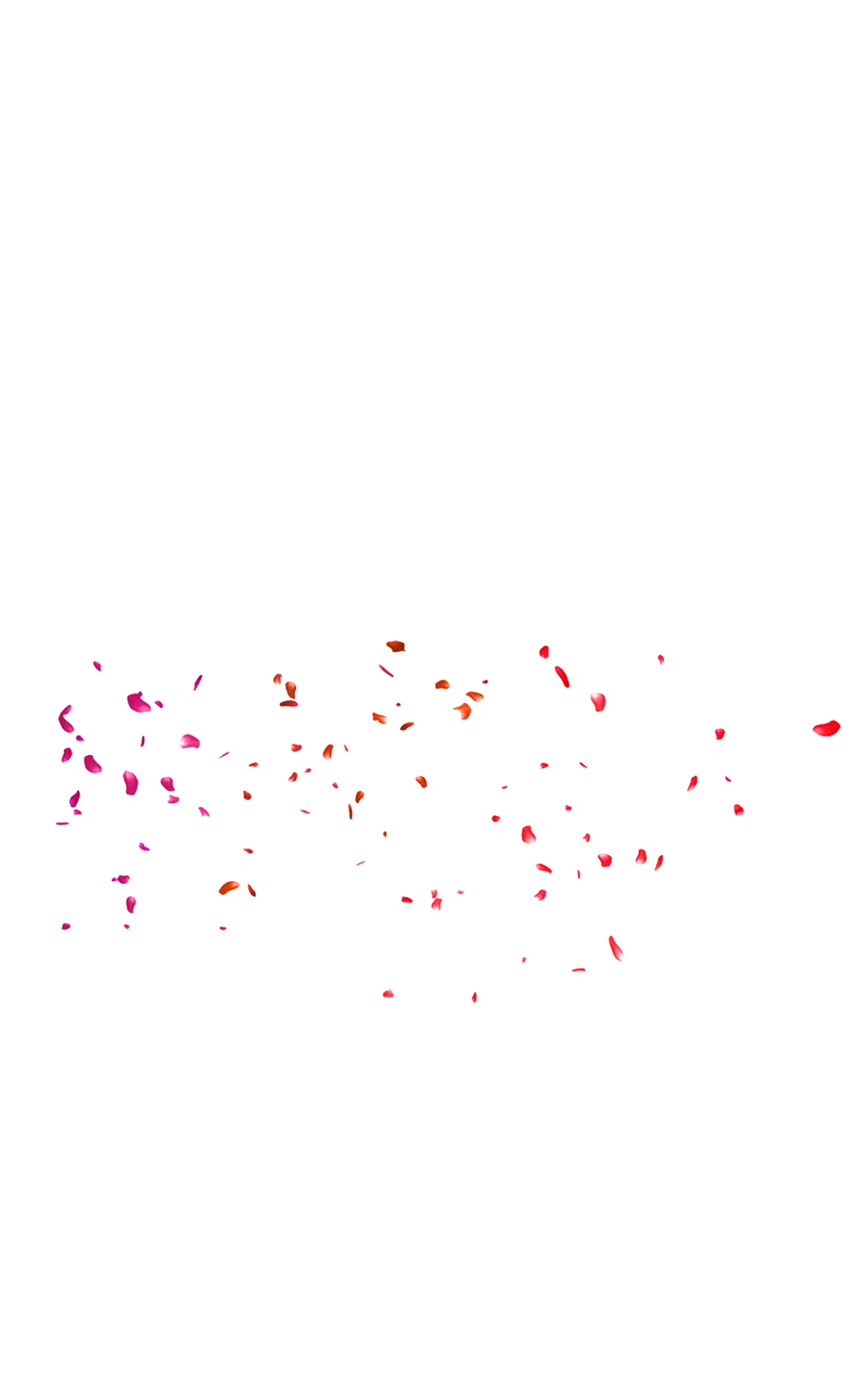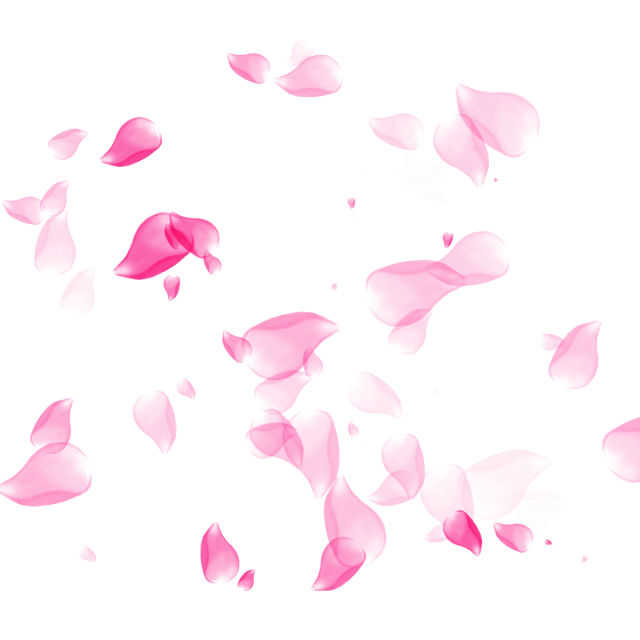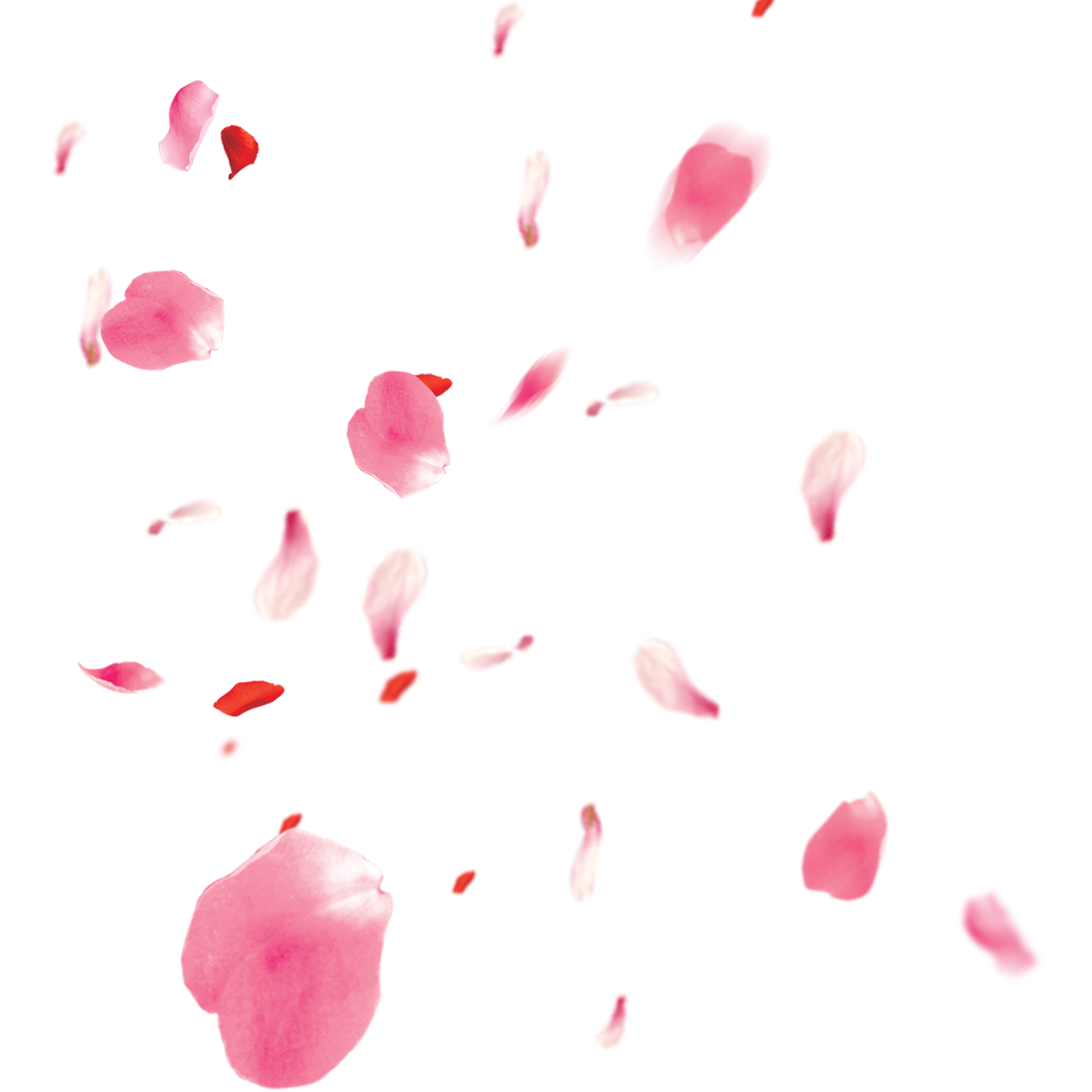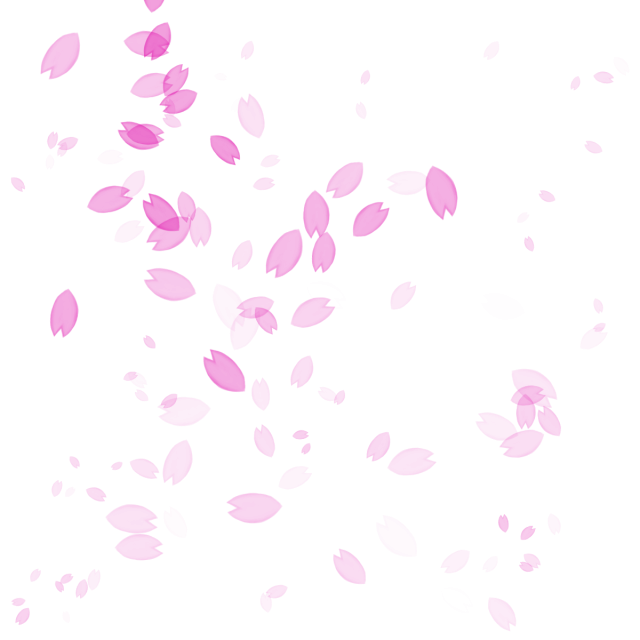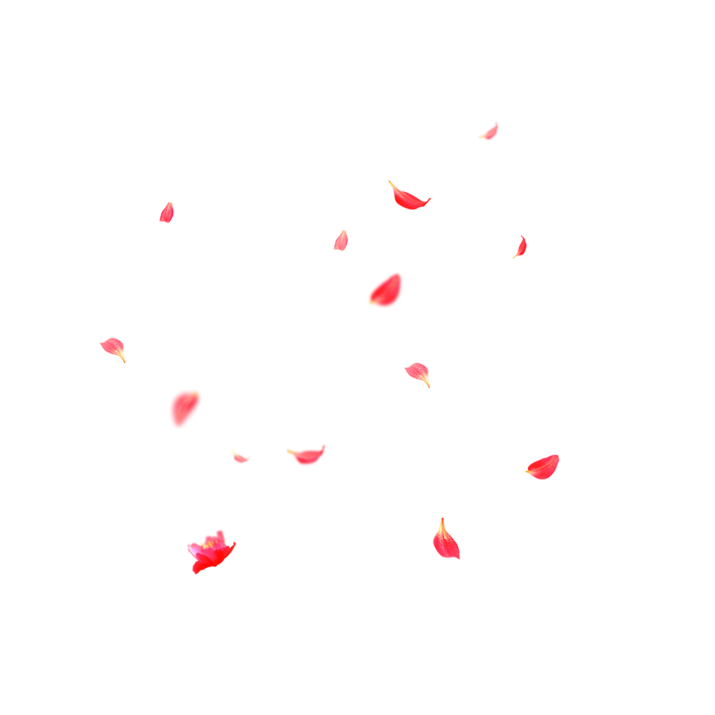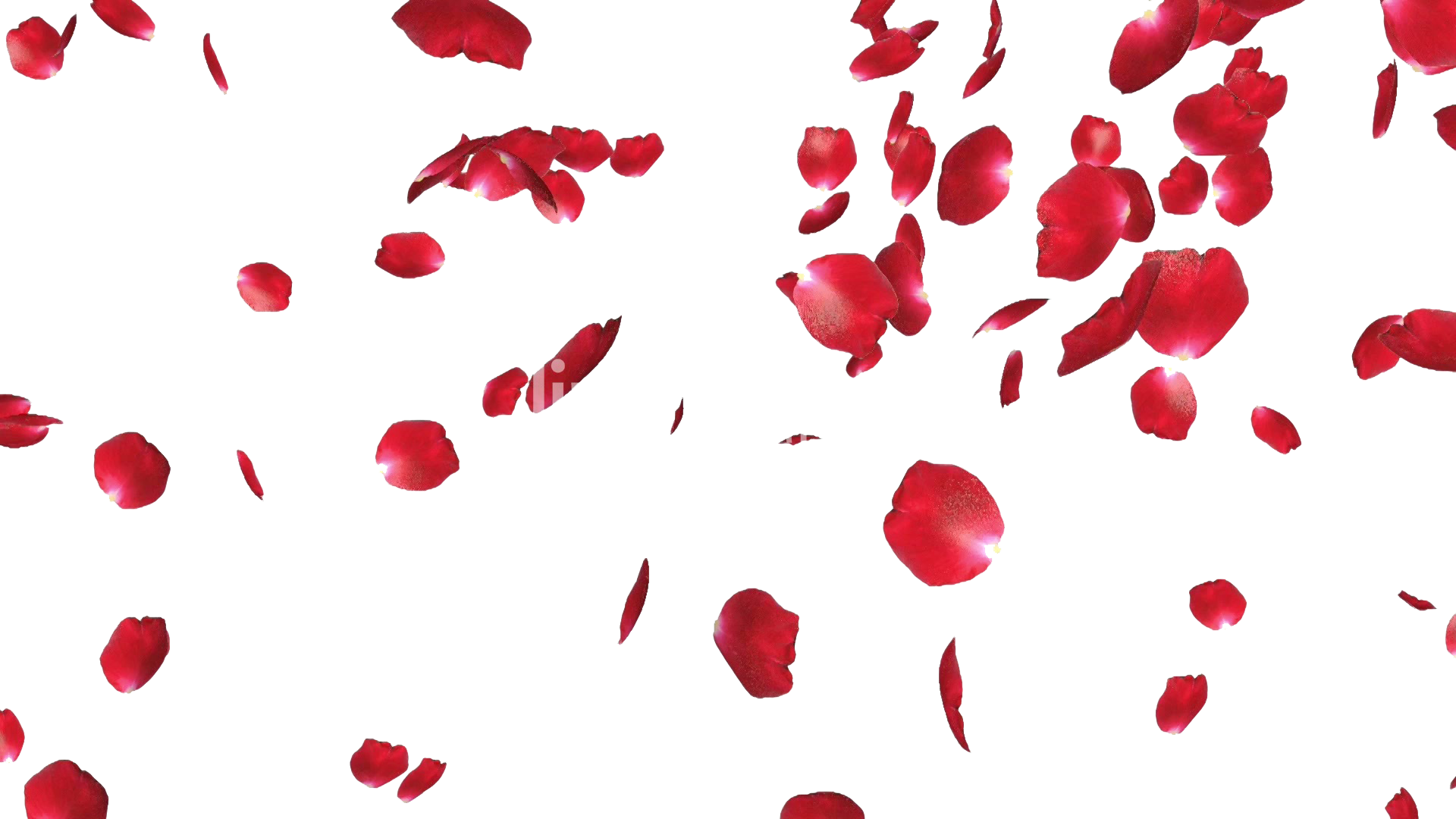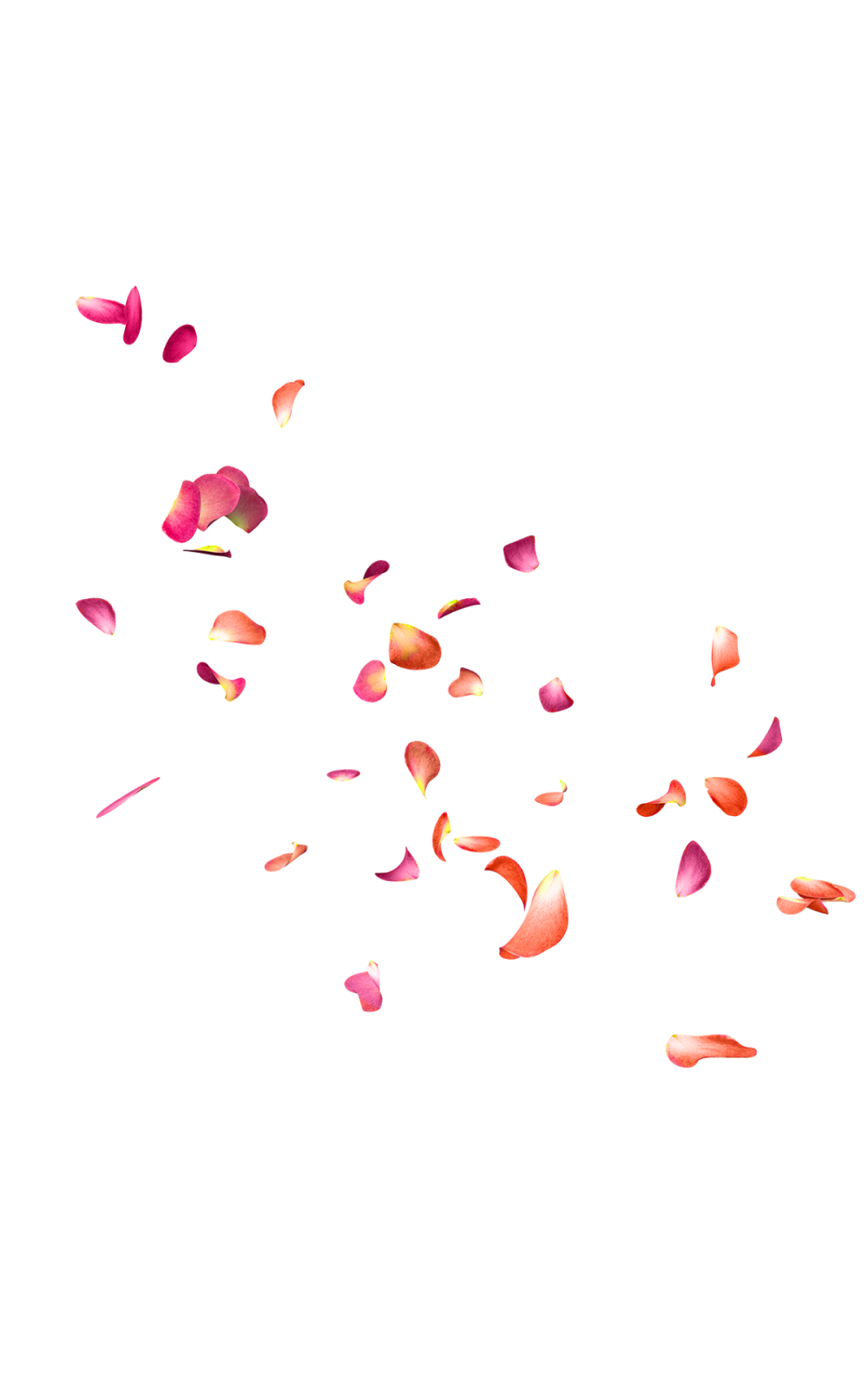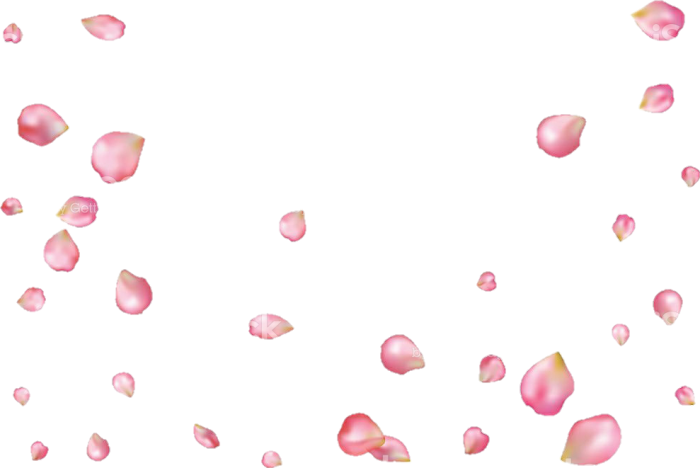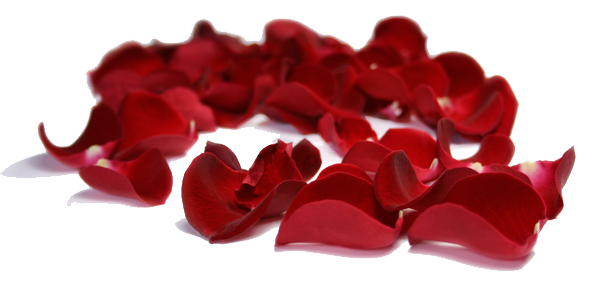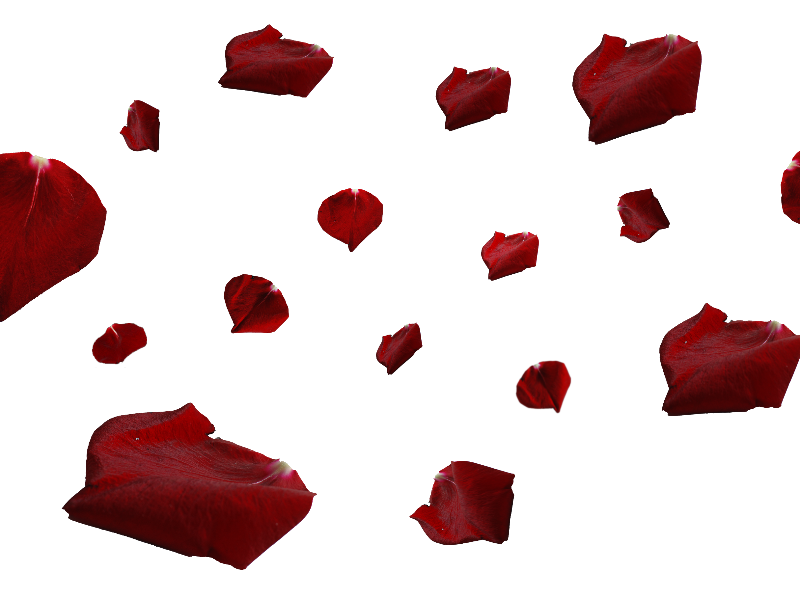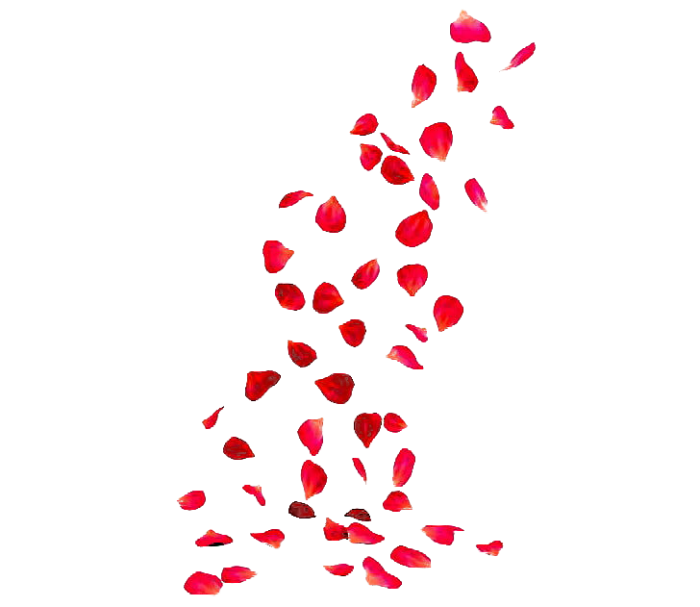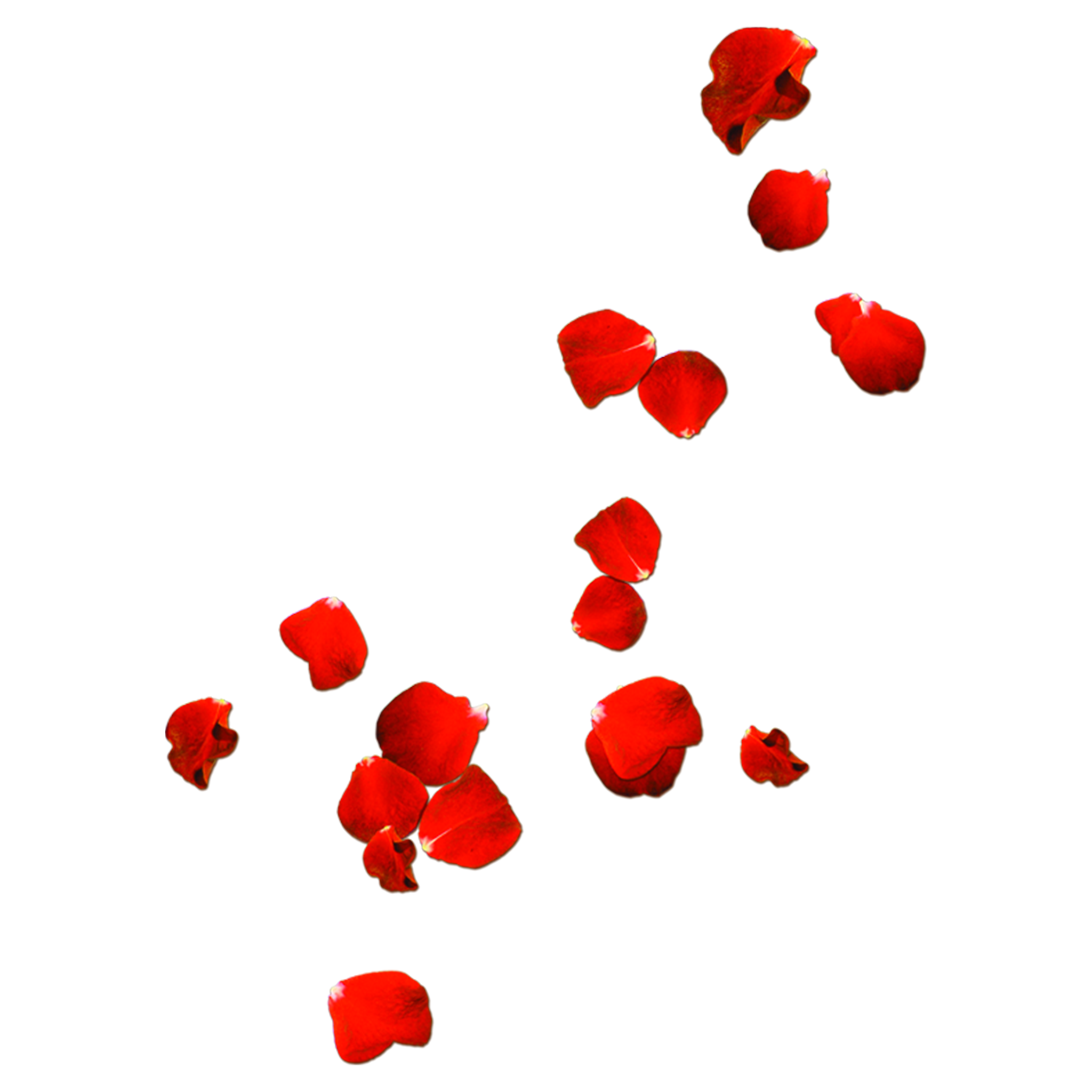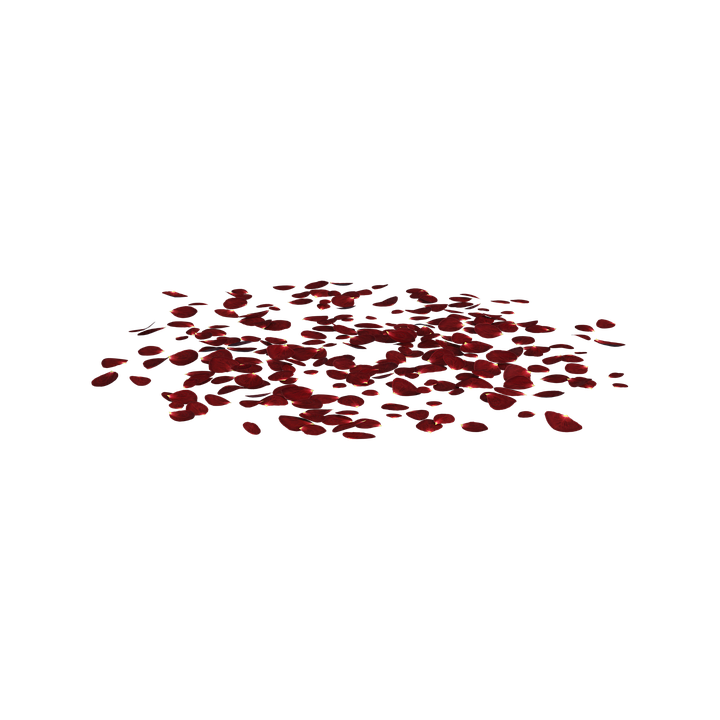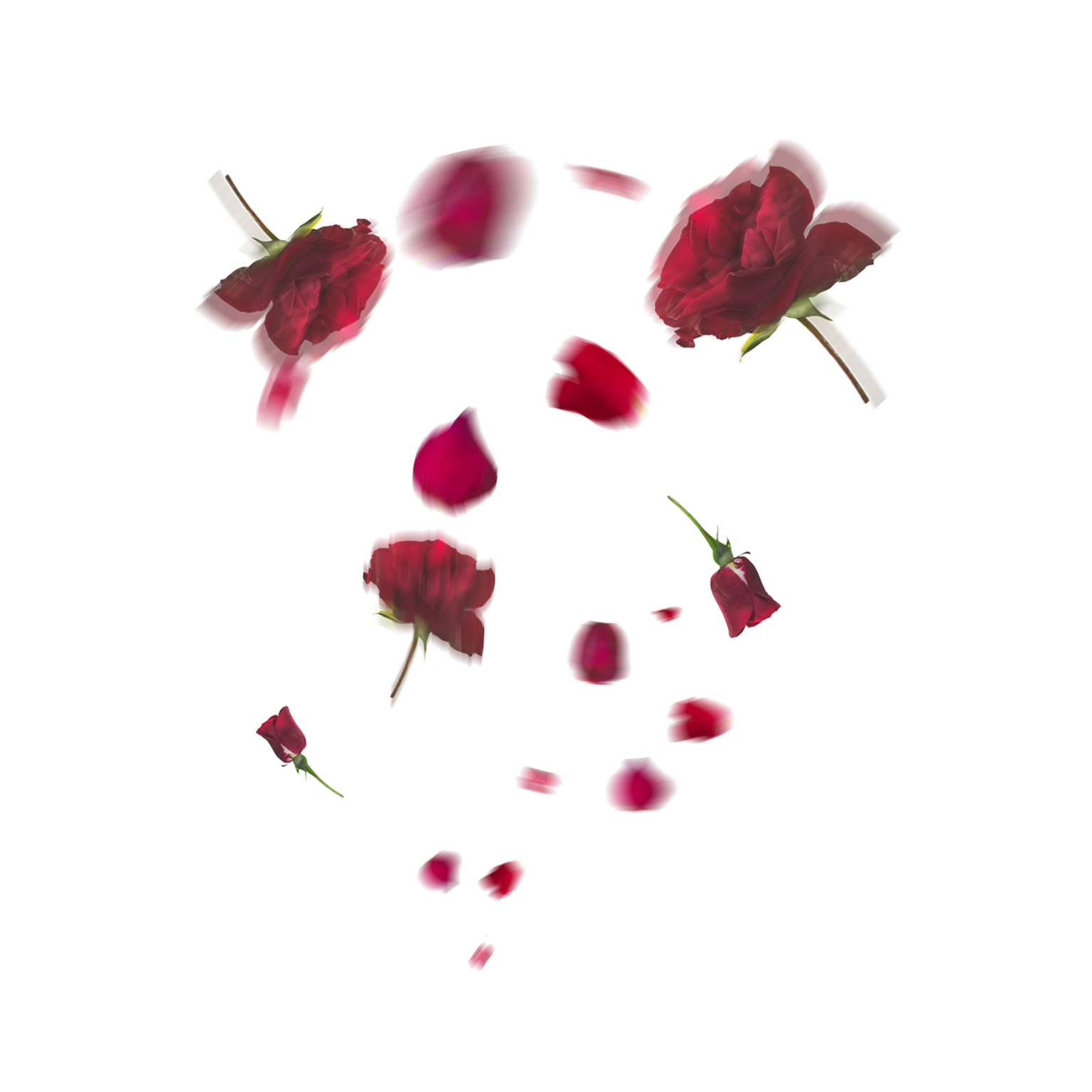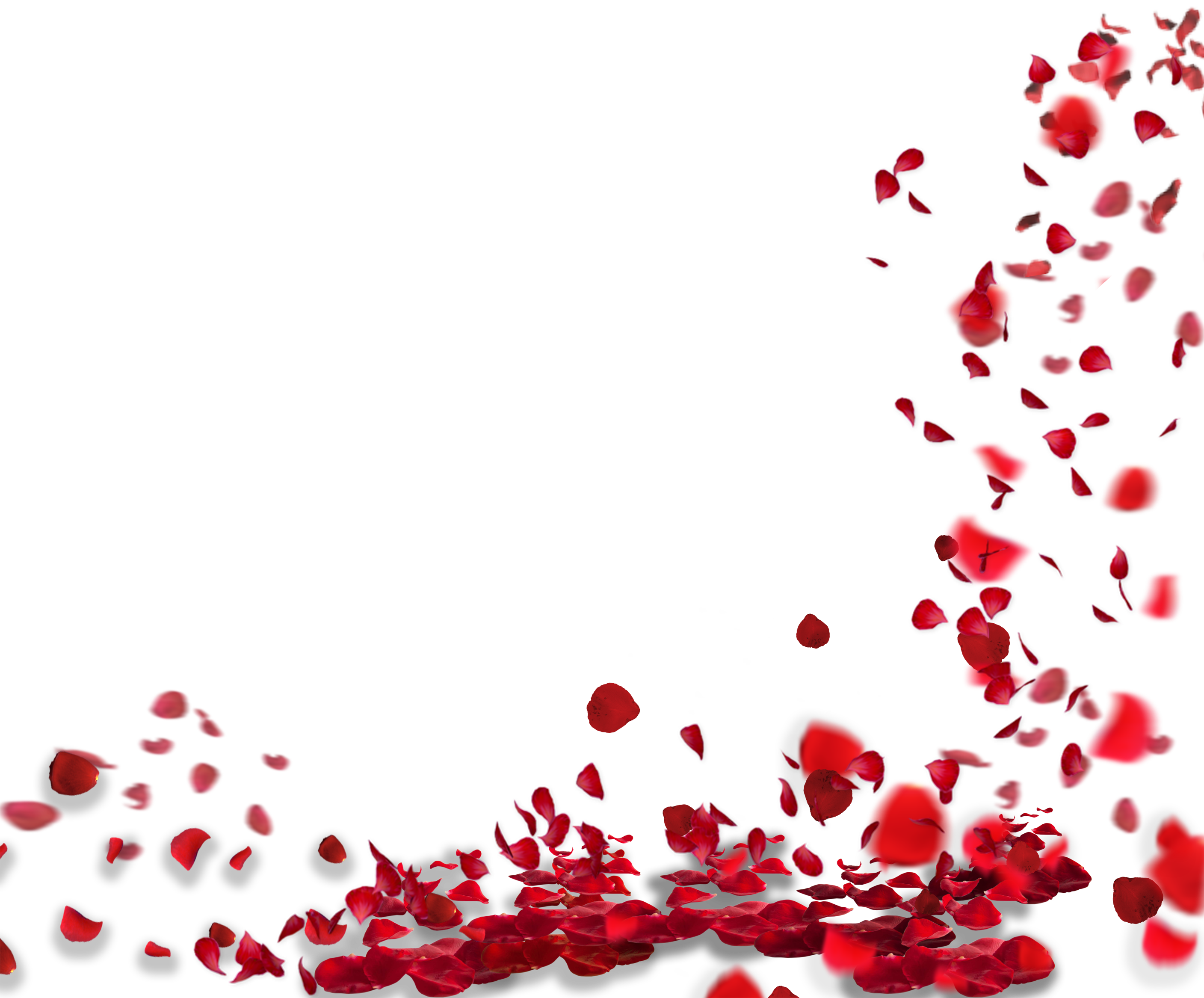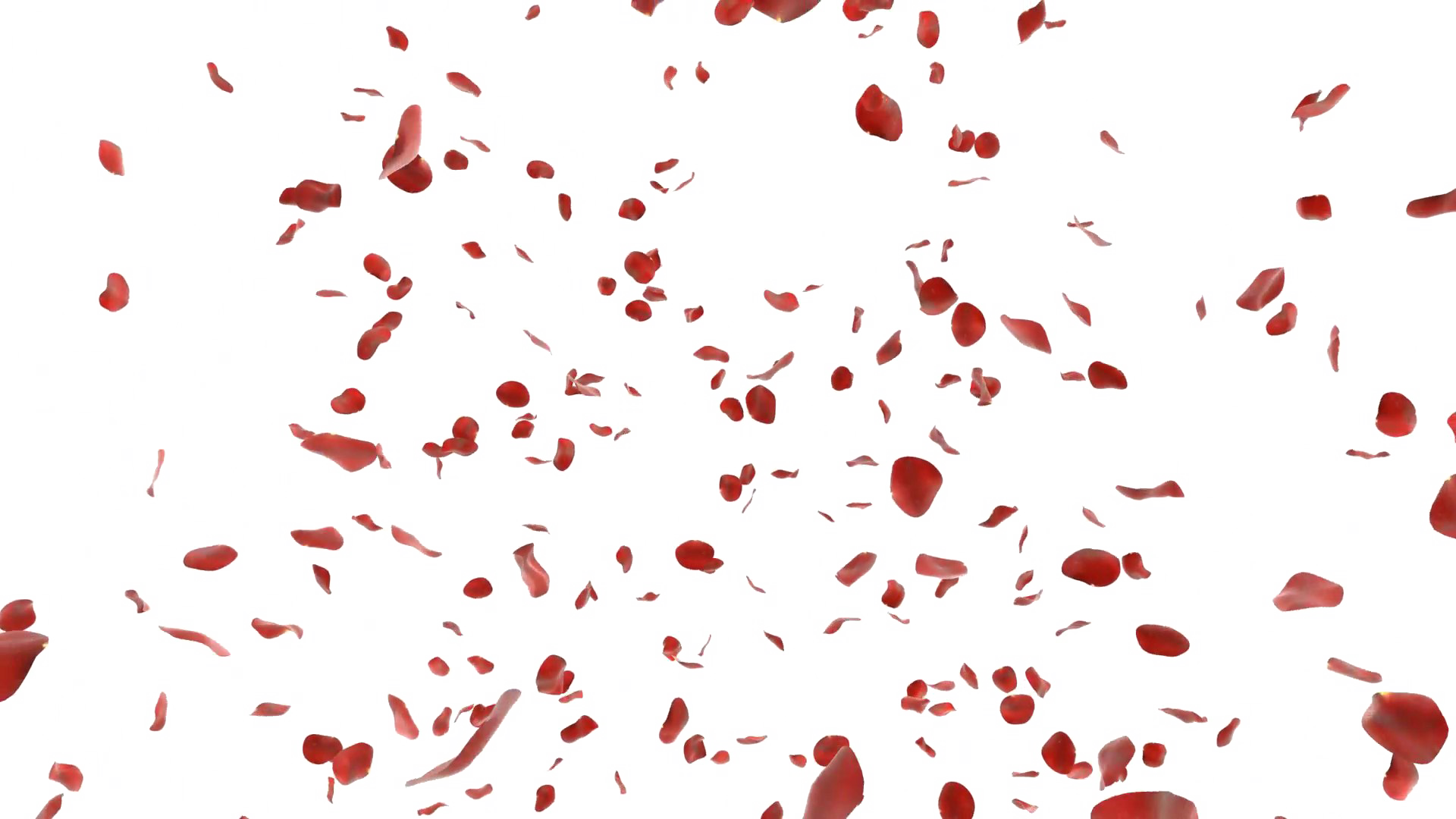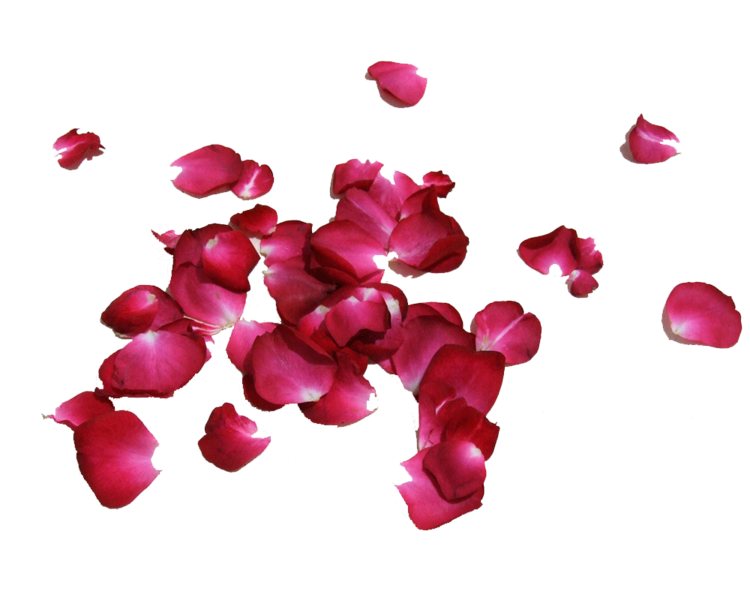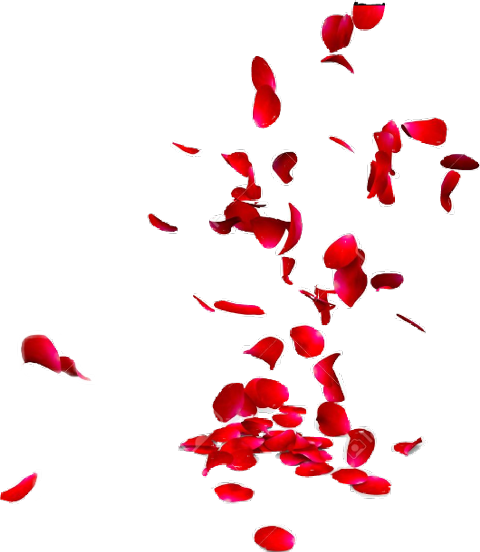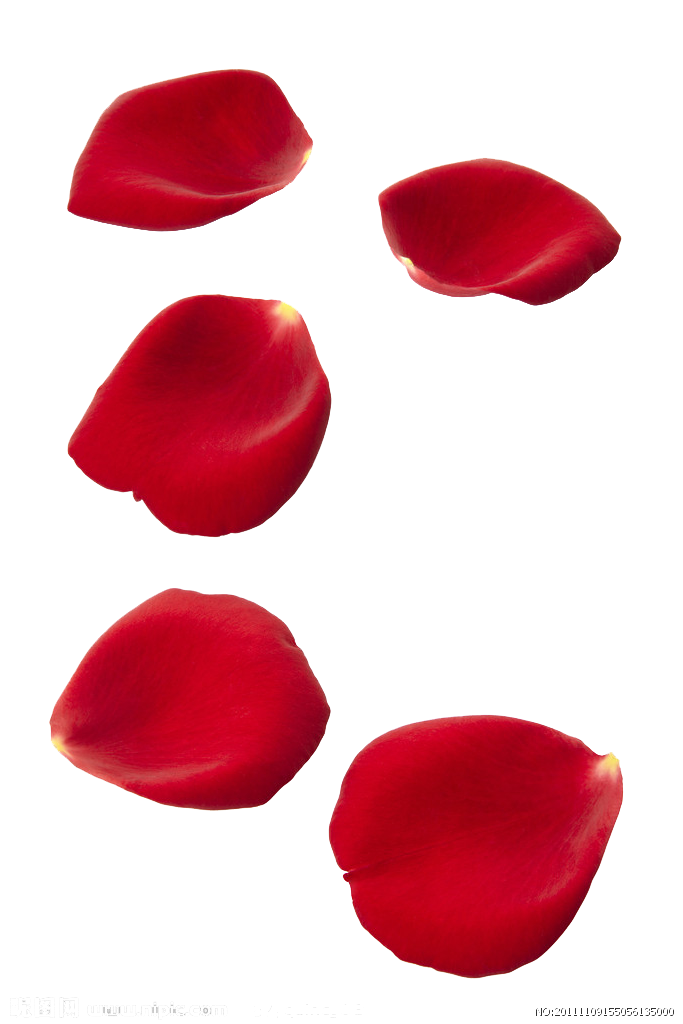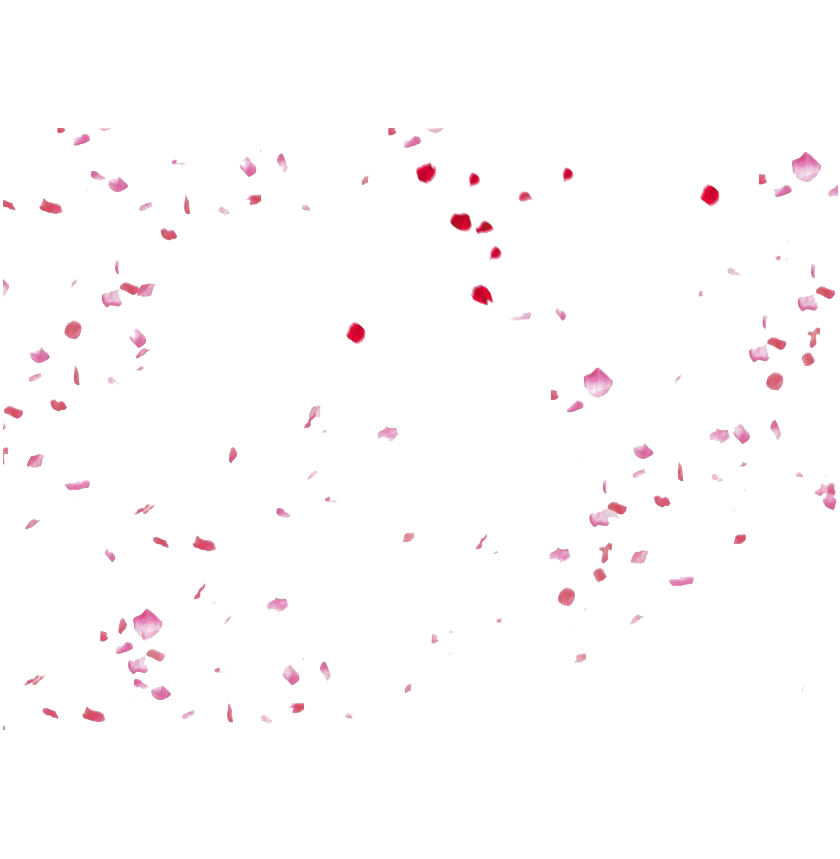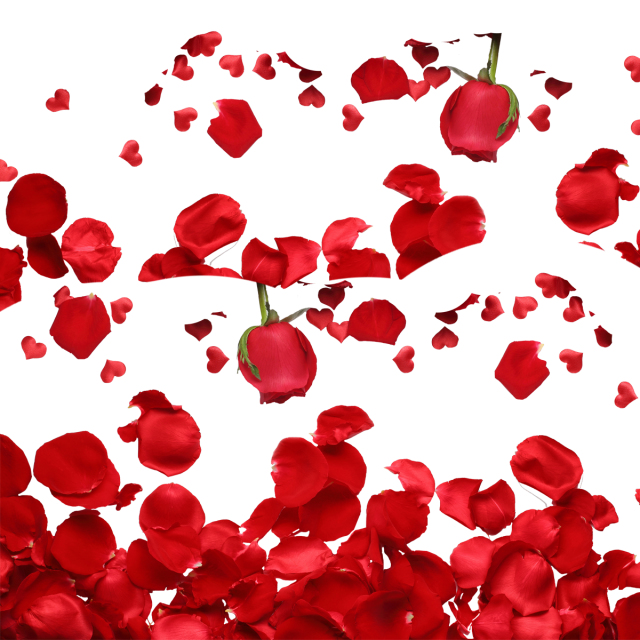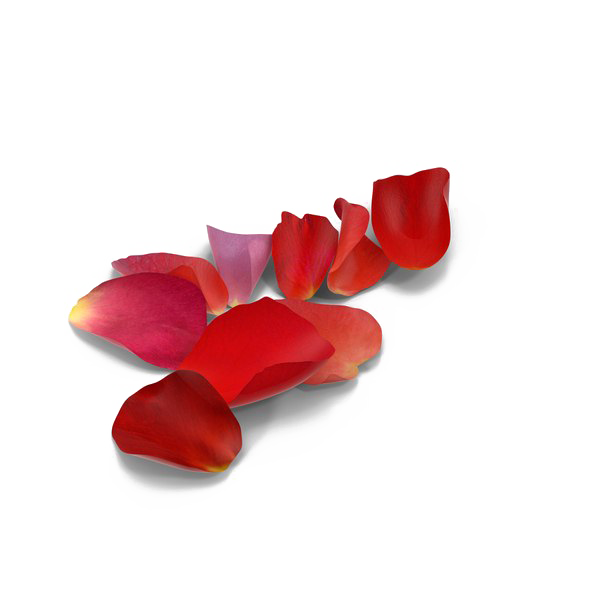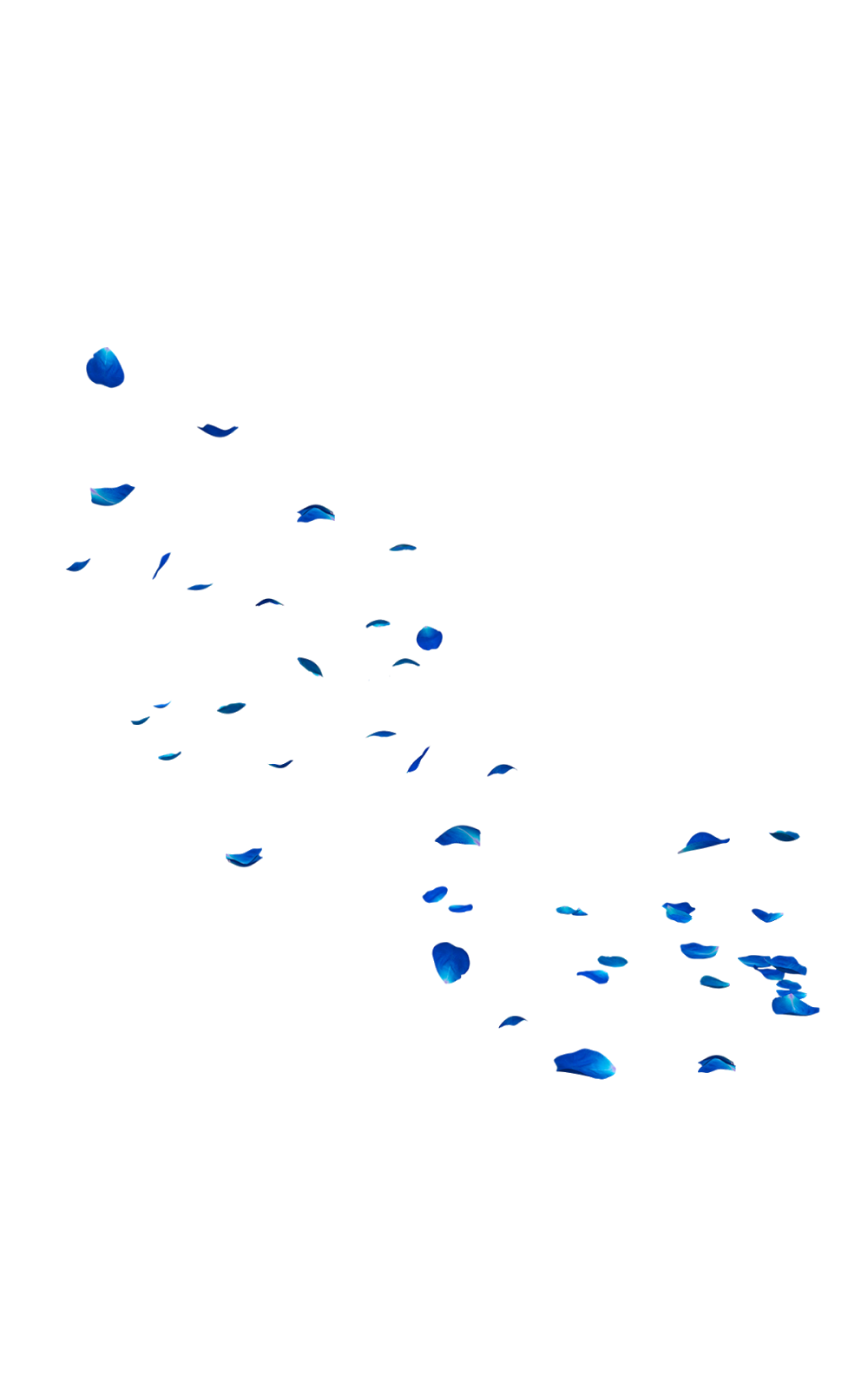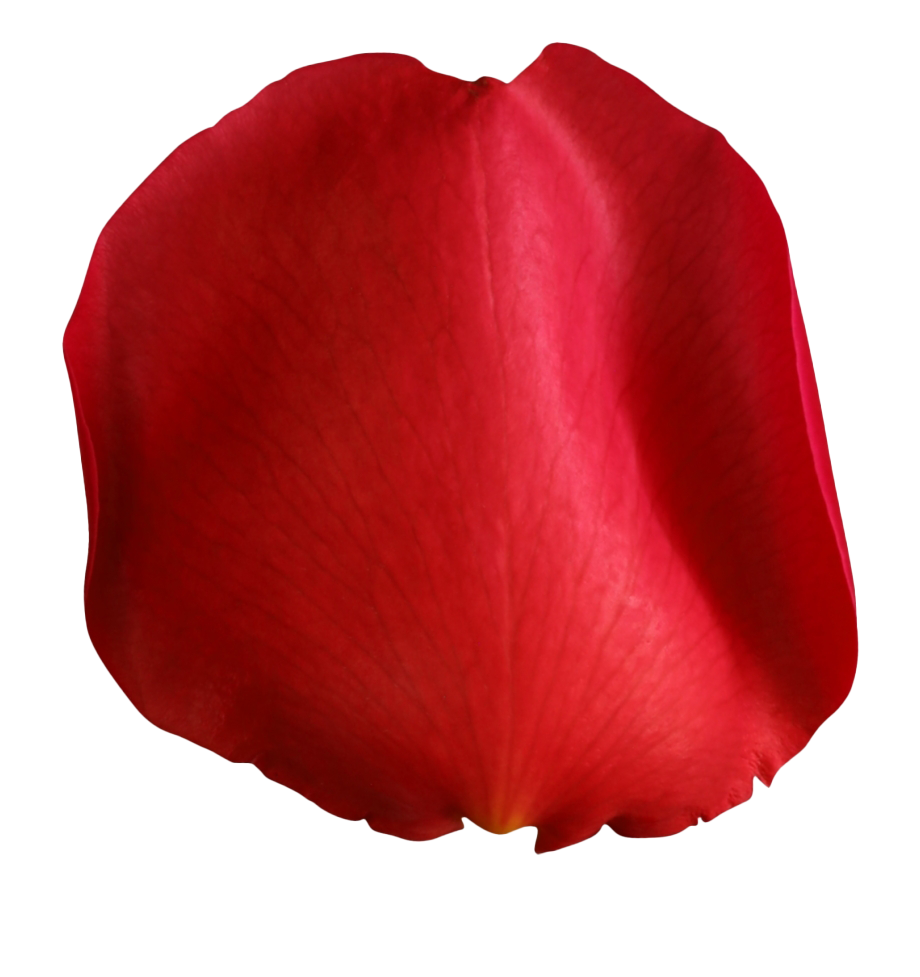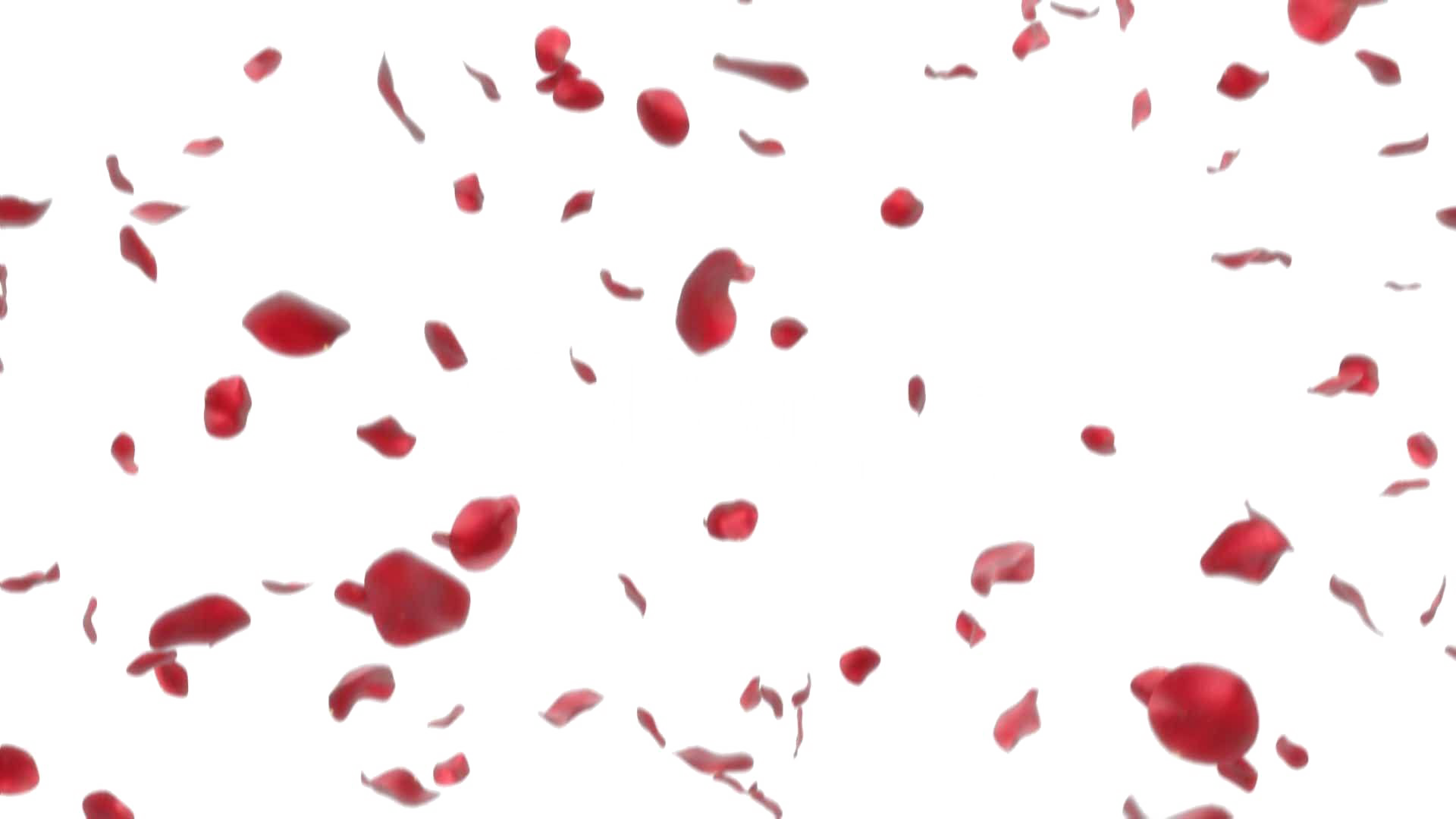Download top and best high-quality free Petals PNG Transparent Images backgrounds available in various sizes. To view the full PNG size resolution click on any of the below image thumbnail.
License Info: Creative Commons 4.0 BY-NC
Petals are modified leaves that enclose a flower’s reproductive organs. To attract pollinators, they are frequently brilliantly colored or strangely shaped. The corolla refers to a flower’s whole set of petals. Petals are frequently accompanied by a group of modified leaves known as sepals, which constitute the calyx and lay slightly under the corolla. The perianth is made up of the calyx and the corolla. Tepals are the collective name for a flower’s petals and sepals that are difficult to differentiate. Genera such as Aloe and Tulipa are examples of plants where the name tepal is applicable. Rosa and Phaseolus, on the other hand, have well-defined sepals and petals. Petaloid refers to undifferentiated tepals that resemble petals, as in petaloid monocots, orders of monocots with brilliantly colored tepals. Lilioid monocots is another term for them since they include Liliales.
Wind-pollinated plants, such as grasses, have extremely little petals or none at all, despite the fact that petals are normally the most visible component of animal-pollinated flowers (apetalous).
Petals of various species can look very different. A flower’s number of petals may reveal information about a plant’s categorization. Blooms on eudicots (the biggest group of dicots) typically have four or five petals, whereas monocot flowers often have three or six petals, though there are numerous exceptions.
The corolla or petal whorl can be radially or bilaterally symmetrical (see Symmetry in biology and Floral symmetry). The flower is considered to be regular or actinomorphic if all of the petals are basically equal in size and shape (meaning “ray-formed”). Many flowers are irregular or zygomorphic because they are symmetrical in just one plane (i.e., symmetry is bilateral) (meaning “yoke-” or “pair-formed”). Other floral elements of irregular flowers may differ from the regular form, but the petals deviate the most from radial symmetry. Orchids and members of the pea family are examples of zygomorphic flowers.
The circumference of the flower head of many aster plants, such as the sunflower, Helianthus annuus, is made up of ray florets. Each ray floret has a single big petal and is physically a separate flower. Florets near the disc’s center usually have no or very few petals. The lowest half of the petals or tepals are united to create a floral cup (hypanthium) over the ovary in some plants, such as Narcissus, from which the petals proper extend.
The higher, broad section, similar to the leaf blade, is also called the blade, while the lower, thin part, similar to the leaf petiole, is called the claw, and they are divided at the limb. Some flowers of the Brassicaceae family, such as Erysimum cheiri, grow claws in their petals.
The emergence and development of petals exhibit a wide range of patterns. In both visible and ultraviolet light, the color or pattern of the petals of different plant species varies widely. These patterns are known as nectar guides, pollen guides, and floral guides, and they serve as pollinator guides.
Download Petals PNG images transparent gallery
- Petals Falling PNG Photo
Resolution: 1920 × 1080
Size: 560 KB
Image Format: .png
Download
- Petals Falling PNG Cutout
Resolution: 1024 × 1024
Size: 642 KB
Image Format: .png
Download
- Petals Falling PNG Images
Resolution: 1920 × 1080
Size: 466 KB
Image Format: .png
Download
- Petals Falling PNG Photos
Resolution: 1479 × 1522
Size: 499 KB
Image Format: .png
Download
- Petals Falling Transparent
Resolution: 750 × 600
Size: 120 KB
Image Format: .png
Download
- Petals Flower
Resolution: 618 × 481
Size: 362 KB
Image Format: .png
Download
- Petals Flower PNG
Resolution: 1000 × 1019
Size: 872 KB
Image Format: .png
Download
- Petals Flower PNG Pic
Resolution: 1542 × 1067
Size: 220 KB
Image Format: .png
Download
- Petals Flower PNG File
Resolution: 1024 × 576
Size: 172 KB
Image Format: .png
Download
- Petals Flower PNG Image
Resolution: 820 × 1204
Size: 653 KB
Image Format: .png
Download
- Petals Flower PNG Photo
Resolution: 1000 × 1600
Size: 235 KB
Image Format: .png
Download
- Petals Flower PNG Cutout
Resolution: 750 × 600
Size: 54 KB
Image Format: .png
Download
- Petals Flower PNG Images
Resolution: 492 × 456
Size: 84 KB
Image Format: .png
Download
- Petals Flower PNG Photos
Resolution: 1299 × 611
Size: 58 KB
Image Format: .png
Download
- Petals Flower Transparent
Resolution: 849 × 465
Size: 63 KB
Image Format: .png
Download
- Petals Flower PNG Clipart
Resolution: 1320 × 1302
Size: 177 KB
Image Format: .png
Download
- Petals Flower PNG Picture
Resolution: 600 × 294
Size: 66 KB
Image Format: .png
Download
- Petals Rose
Resolution: 801 × 476
Size: 48 KB
Image Format: .png
Download
- Petals Rose PNG
Resolution: 1000 × 1600
Size: 175 KB
Image Format: .png
Download
- Petals Rose PNG Pic
Resolution: 1620 × 2020
Size: 400 KB
Image Format: .png
Download
- Petals Rose PNG File
Resolution: 2000 × 2000
Size: 2308 KB
Image Format: .png
Download
- Petals Rose PNG Image
Resolution: 2000 × 2000
Size: 1624 KB
Image Format: .png
Download
- Petals Rose PNG Photo
Resolution: 1000 × 1600
Size: 172 KB
Image Format: .png
Download
- Petals Rose PNG Cutout
Resolution: 700 × 490
Size: 174 KB
Image Format: .png
Download
- Petals
Resolution: 894 × 894
Size: 232 KB
Image Format: .png
Download
- Petals PNG
Resolution: 1000 × 1600
Size: 56 KB
Image Format: .png
Download
- Petals PNG Pic
Resolution: 640 × 640
Size: 109 KB
Image Format: .png
Download
- Petals PNG File
Resolution: 1200 × 1200
Size: 333 KB
Image Format: .png
Download
- Petals PNG Image
Resolution: 640 × 640
Size: 73 KB
Image Format: .png
Download
- Petals PNG Photo
Resolution: 715 × 715
Size: 28 KB
Image Format: .png
Download
- Petals PNG Cutout
Resolution: 1920 × 1080
Size: 945 KB
Image Format: .png
Download
- Petals PNG Images
Resolution: 1200 × 1200
Size: 273 KB
Image Format: .png
Download
- Petals PNG Photos
Resolution: 1000 × 1600
Size: 162 KB
Image Format: .png
Download
- Petals Transparent
Resolution: 700 × 468
Size: 89 KB
Image Format: .png
Download
- Petals PNG Clipart
Resolution: 1000 × 1600
Size: 262 KB
Image Format: .png
Download
- Petals PNG Picture
Resolution: 600 × 295
Size: 166 KB
Image Format: .png
Download
- Petals PNG HD Image
Resolution: 800 × 600
Size: 258 KB
Image Format: .png
Download
- Petals PNG Image HD
Resolution: 700 × 607
Size: 107 KB
Image Format: .png
Download
- Petals No Background
Resolution: 2048 × 2048
Size: 658 KB
Image Format: .png
Download
- Petals PNG Images HD
Resolution: 720 × 720
Size: 114 KB
Image Format: .png
Download
- Petals PNG Free Image
Resolution: 1536 × 1536
Size: 511 KB
Image Format: .png
Download
- Petals Falling
Resolution: 2815 × 2333
Size: 2466 KB
Image Format: .png
Download
- Petals Falling PNG Clipart
Resolution: 1920 × 1080
Size: 868 KB
Image Format: .png
Download
- Petals Falling PNG Picture
Resolution: 750 × 600
Size: 367 KB
Image Format: .png
Download
- Petals Falling PNG HD Image
Resolution: 480 × 552
Size: 143 KB
Image Format: .png
Download
- Petals Falling PNG Image HD
Resolution: 683 × 1024
Size: 331 KB
Image Format: .png
Download
- Petals Falling No Background
Resolution: 840 × 859
Size: 88 KB
Image Format: .png
Download
- Petals Falling PNG Images HD
Resolution: 640 × 640
Size: 380 KB
Image Format: .png
Download
- Petals Falling PNG Free Image
Resolution: 600 × 600
Size: 132 KB
Image Format: .png
Download
- Petals Falling PNG Image File
Resolution: 1000 × 1600
Size: 72 KB
Image Format: .png
Download
- Petals Falling PNG
Resolution: 1531 × 1848
Size: 1182 KB
Image Format: .png
Download
- Petals Falling PNG Pic
Resolution: 920 × 977
Size: 541 KB
Image Format: .png
Download
- Petals Falling PNG File
Resolution: 1920 × 1080
Size: 543 KB
Image Format: .png
Download
- Petals Falling PNG Image
Resolution: 948 × 484
Size: 117 KB
Image Format: .png
Download

